The GATA Guide to 10 MEXICAN PHOTOGRAPHERS You Need to Know About
Mexico knows what’s up when comes to the medium of photography. While stellar photographic agencies such as Magnum have highlighted the experiences and histories of North America and Europe through legendary names such as Henri Cartier-Bresson or Robert Capa, other parts of the world can often be left in the background, not getting enough of the spotlight that they deserve. Yet Mexico has a long lineage of photographic greats to claim the nation as their home, from surrealistic musings on the human condition to photojournalistic portrayals of the working class, the range of images to come out of this country is monumental.
But what it means to be “Mexican”—just like any other country— exists on a huge spectrum, far outside the typical cliches we associate with the place and as such can not be represented with one singular voice or vision. Here at GATA, we have compiled a list of some of our favourite photographers to originate from the country. An eclectic mix of visionaries who have documented this beautiful land through their individual experiences and perspectives.
FEDERICO GAMA
Federico Gama is a champion of youth culture, who since the 80s has devoted his time to capturing the scenes of urban youth in the streets of Mexico City. Through his lens he has managed to capture authenticity and rawness, never shying from the reality of the streets. He studied journalism at the National University of Mexico, before moving on to study graphic design at the Autonomous Metropolitan University Xochimilco. In 2008, in recognition for his work he was nominated for the All Roads Photography award from the National Geographic Society.
Federico Gama, Escondido© 2009 Federico Gama
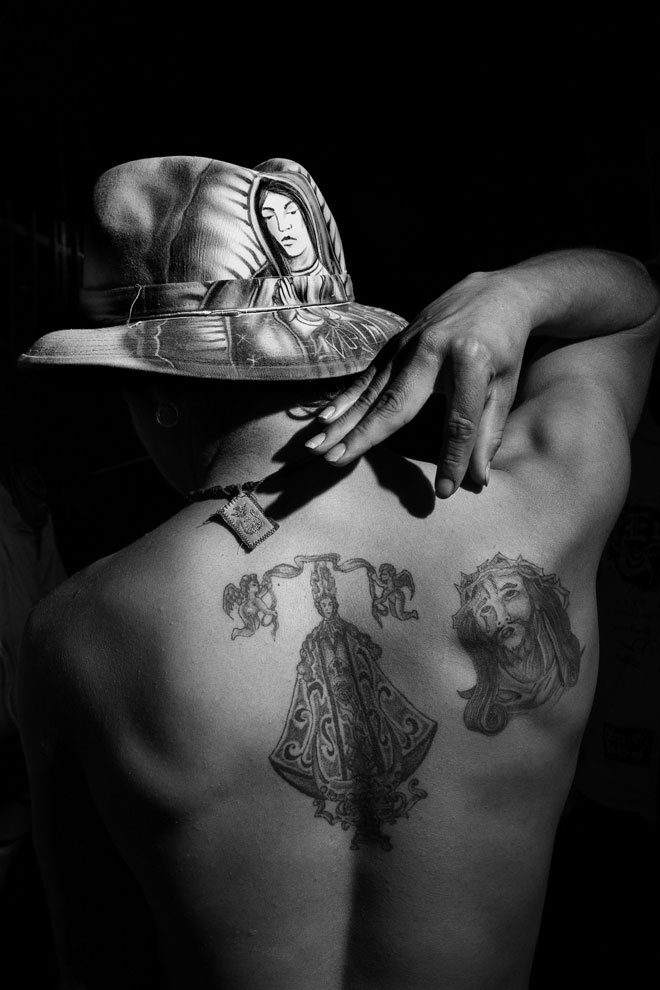
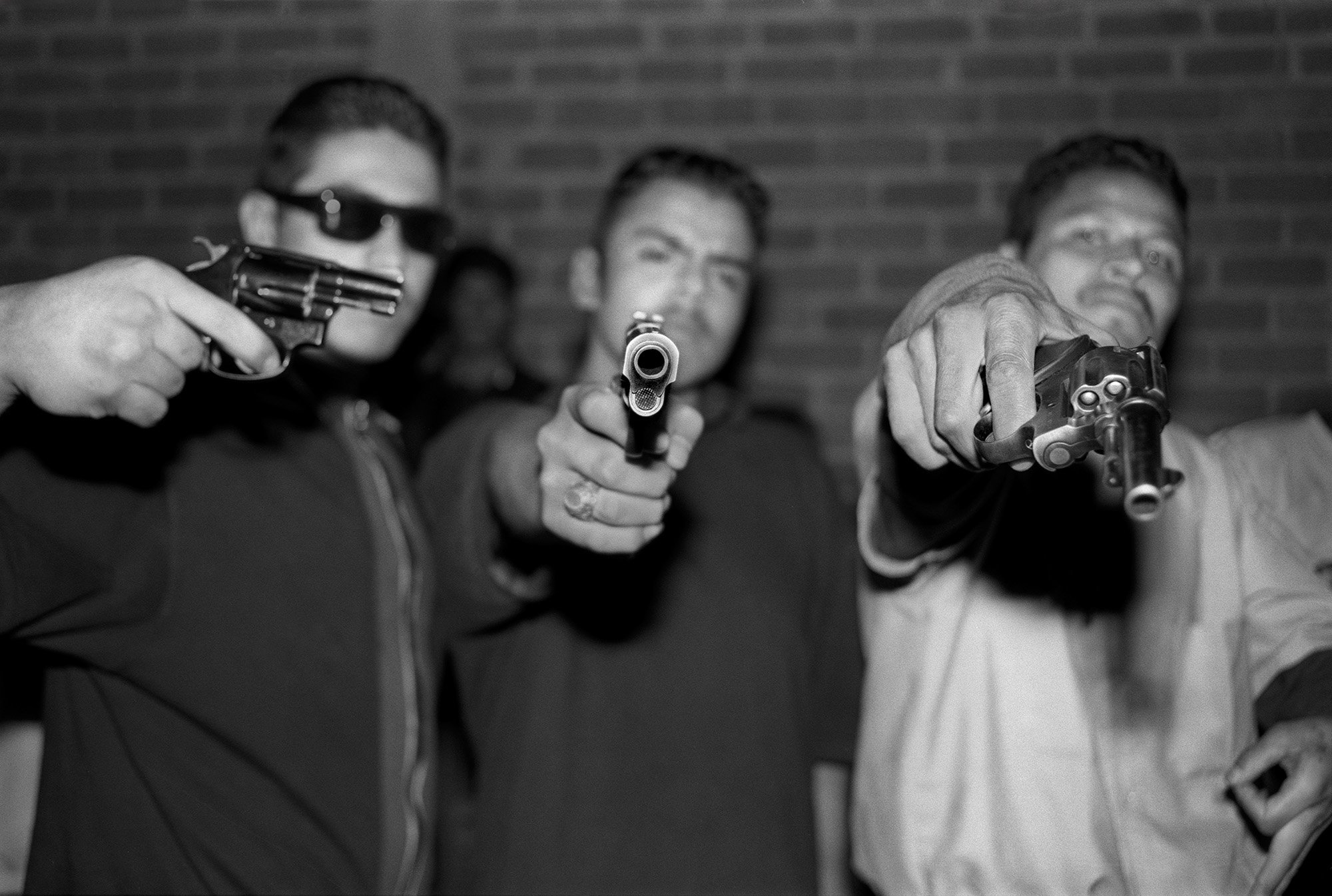
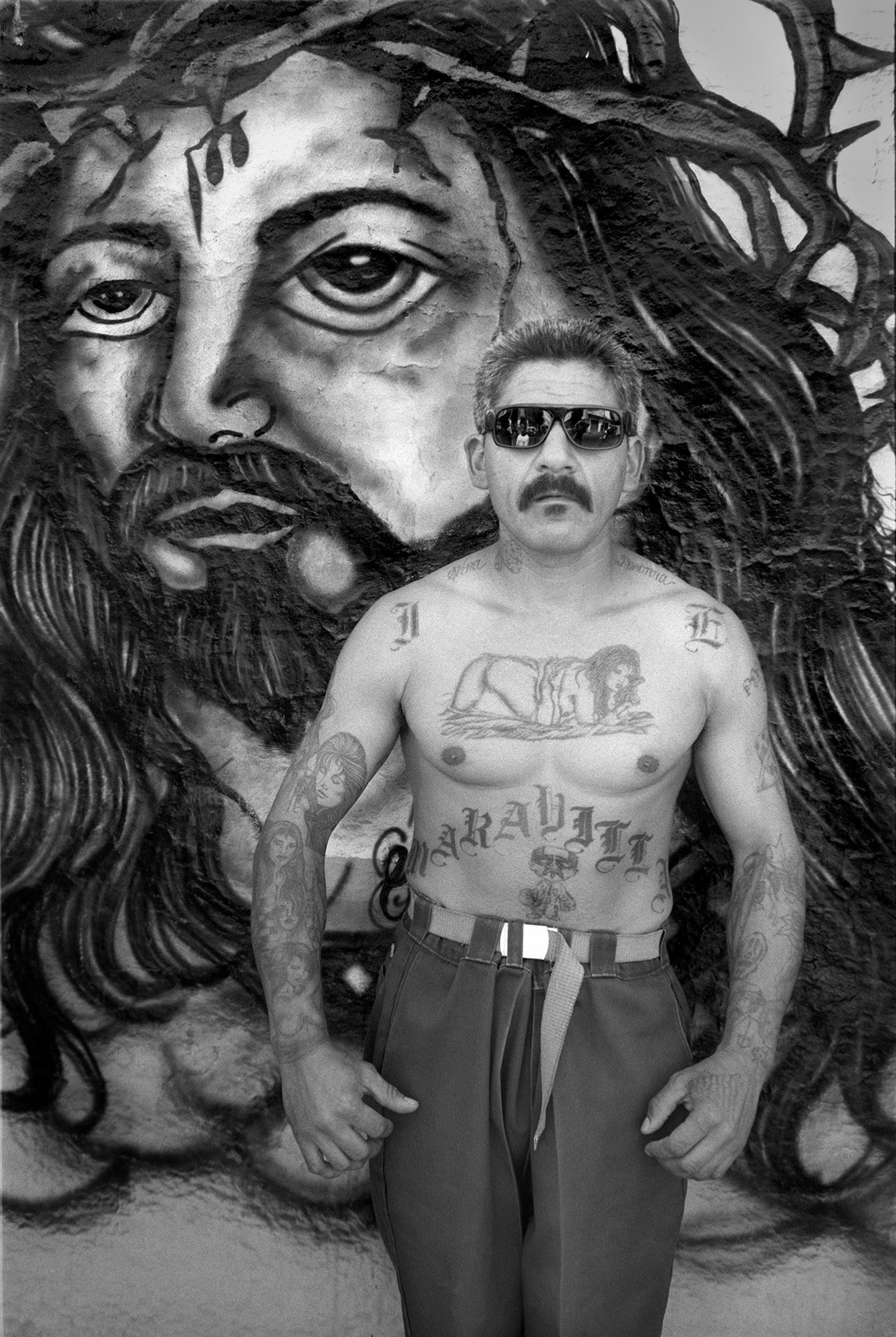
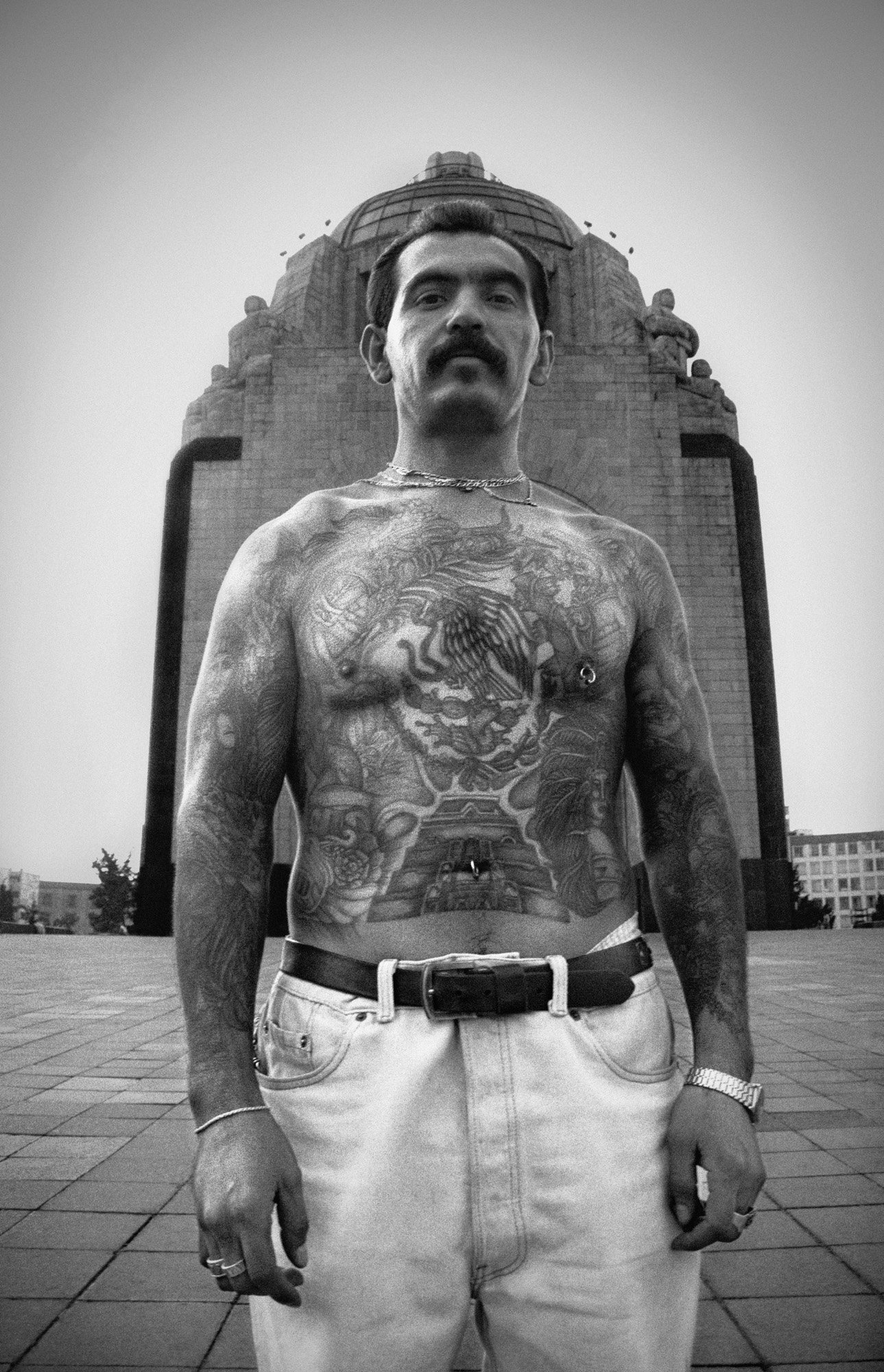
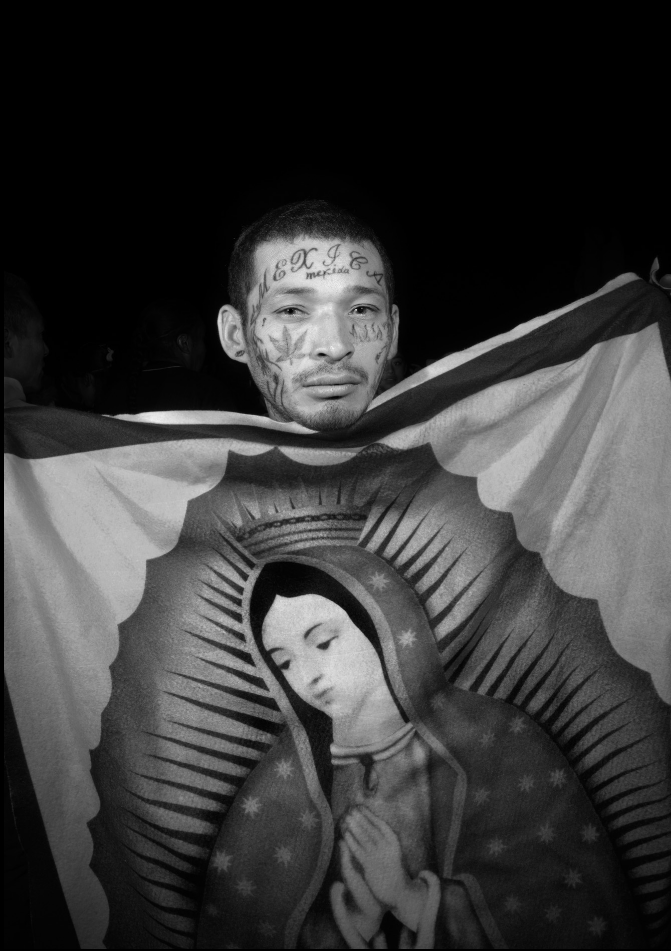
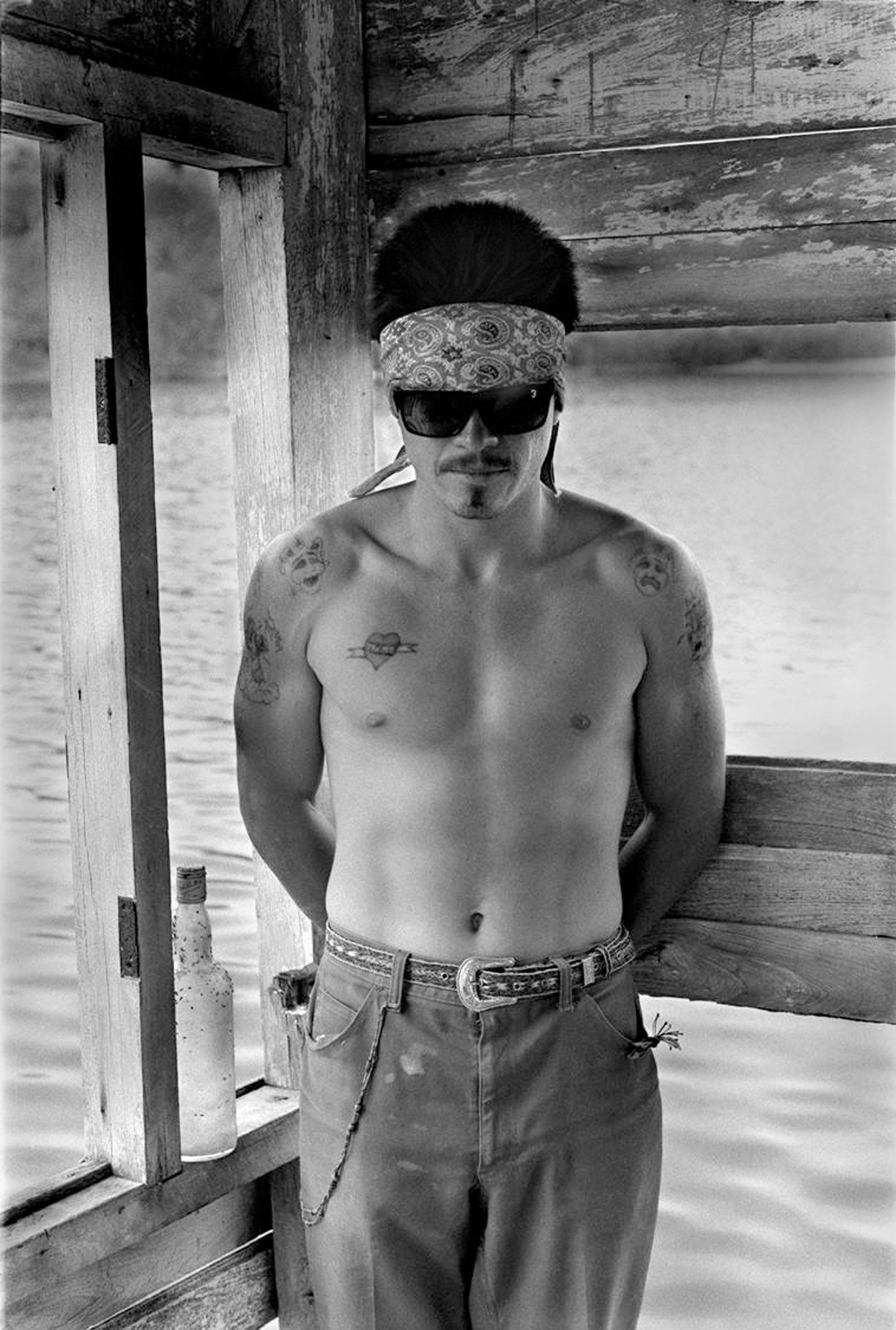

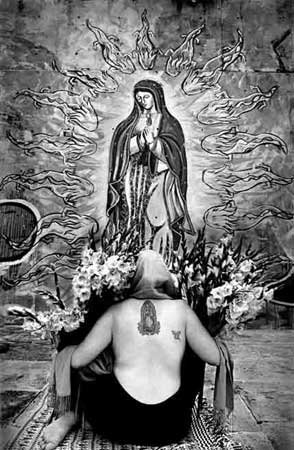
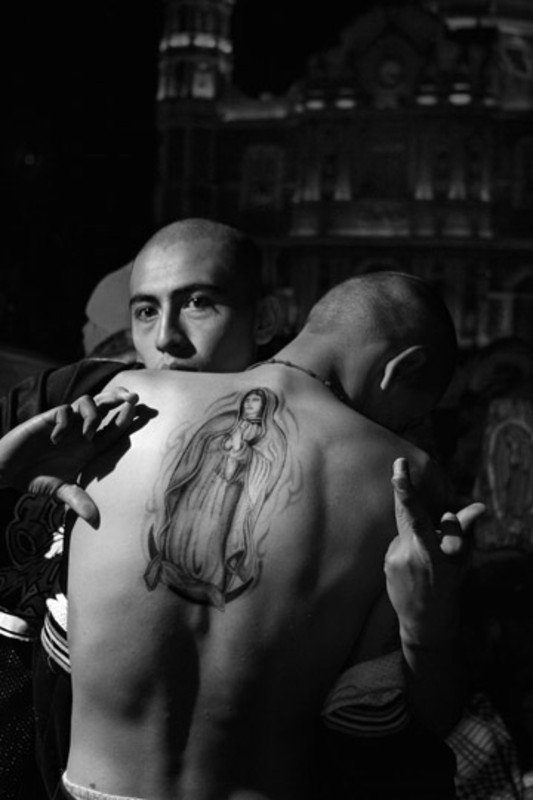
Check more of Federico’s work www.federicogama.com.mx
KATI HORNA
Kati Horna was mostly known for her documentation of the Spanish civil war between 1937 and 1939, her work commissioned by the Spanish Republic and also her friendship with legendary photojournalist, Robert Capa. Her work has a distinct style marrying depictions of reality with a more avant-grade surrealist sensibility. Horna began her photographic journey in Hungary when she realised that photography could be a means by which she could make both a living and push forward her political ideals.
Horna was famed for her experimentation with superimposed imagery, mixing contrasting images to form a subtle poignant commentary on the horrors of war. While her friend Robert Capa was known for his epic and monumental front-line photos, Horna, took another approach, remaining behind in Spanish cities that had been left scarred and devastated by the war. Her imagery highlighted the experience of the working class, in particular illuminating the condition of women enduring the hardships of towns under siege.
Kati Horna, Carnaval de Huejotzingo, Puebla, 1941
Check more of Kati’s work www.michaelhoppengallery.com
HECTOR GARCIA COBO
Hector Garcia Cobo was a Mexican photographer and photojournalist who over the span of 60 years was able to establish a career chronicling the social classes of Mexico City. Highlights in his career involved the documentary of the 1968 student uprising. Born into a poor family, Cobo discovered photography in his late teens and by chance was able to study it full-time at the Academia Mexicana de Artes y Ciencias Cinematográficas after being discovered by magazine director Edmundo Valdés.
While he spent a great time of his career working in the field of photojournalism, he was known to branch out and he created over sixty-five individual exhibitions which showcased rich and successful artists and the upper echelons of Mexican society as well as intimate portraits of the common man. His work also had a political streak, being one of the first photojournalists to openly criticise the elite of Mexico through parody and juxtaposing them with the poor of the country.
Fundidores de Monclova / Smelters of Monclova, 1971
Check more of Hector’s work artsandculture.google.com
GRACIELA ITURBIDE
Born into 1942, to a wealthy family, Graciela Iturbide had no interest or contact with photography until after she was married and became assistant to photographer and university lecturer Don Manuel Alvarez Bravo.
During her initial projects, she wandered the streets of downtown Mexico City, focusing her lens on the themes of the indigenous people, the condition of women, animals and the rituals of the people of her home country. She went on to travel all over the world documenting her unique perspective on things that were new to her. However her style never truly detached itself from her initial interests and she frequently found herself being drawn back to the clamours of her hometown.
Interestingly, Iturbide believed that to some extent, all photographers were at their core documentary photographers. They drew inspiration from the clay of their own lives, creating personal images that reflected how they viewed the circumstances surrounding them. However, all that existed to distinguish them from one another was the extent to which they leaned towards poetry or imagination.
“Mujer Ángel, Desierto de Sonora, México (Angel Woman, Sonora Desert, Mexico),” 1979.Credit...Graciela Iturbide/Courtesy of the Museum of Fine Arts, Boston
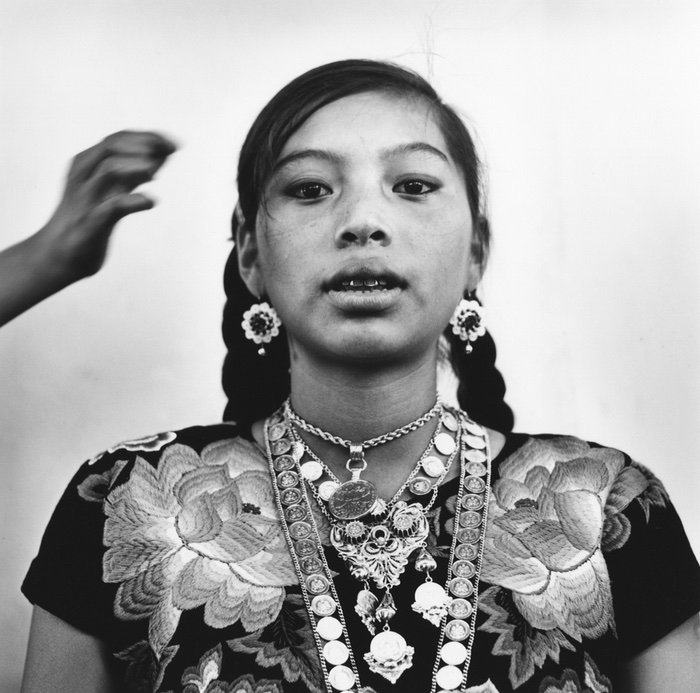
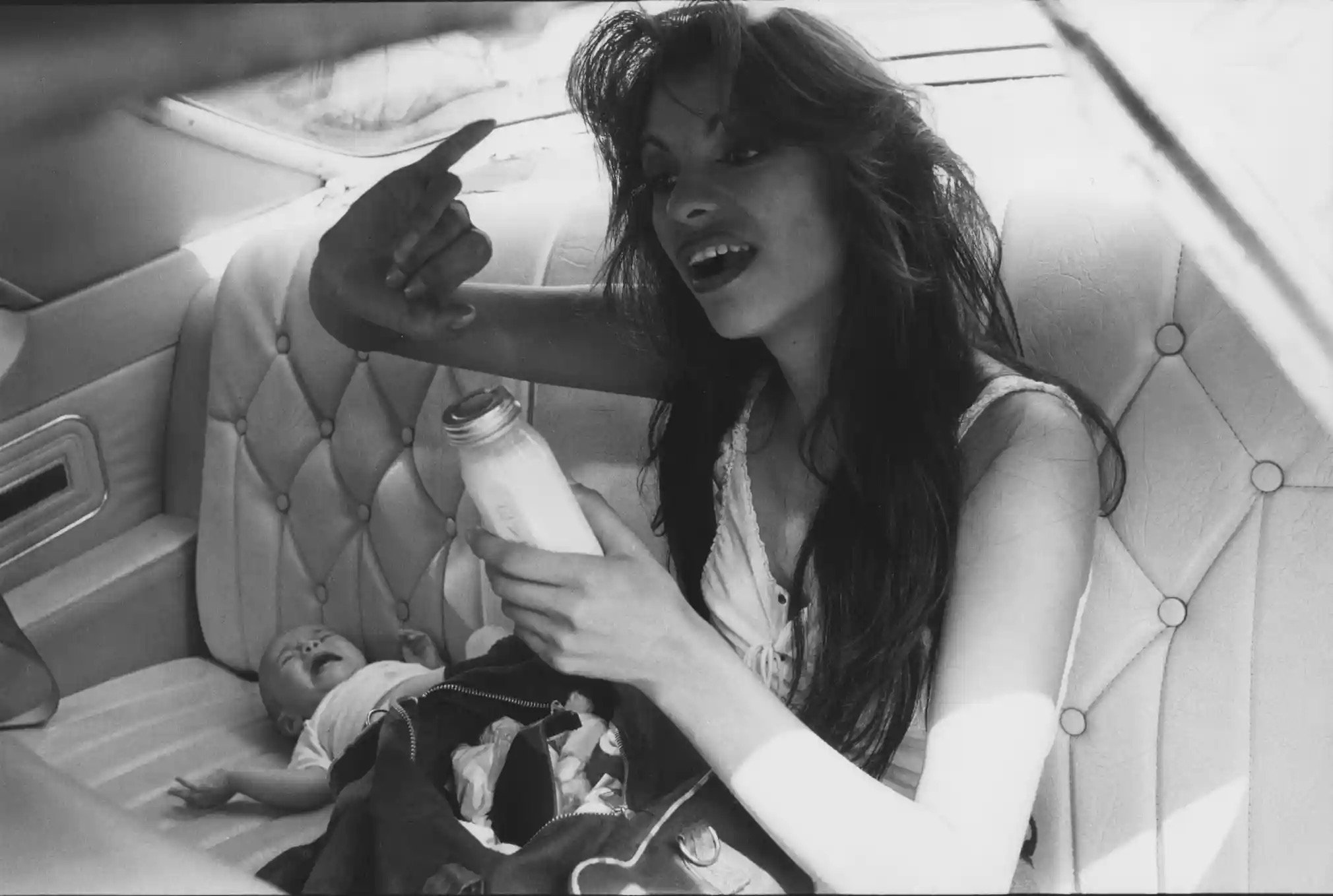
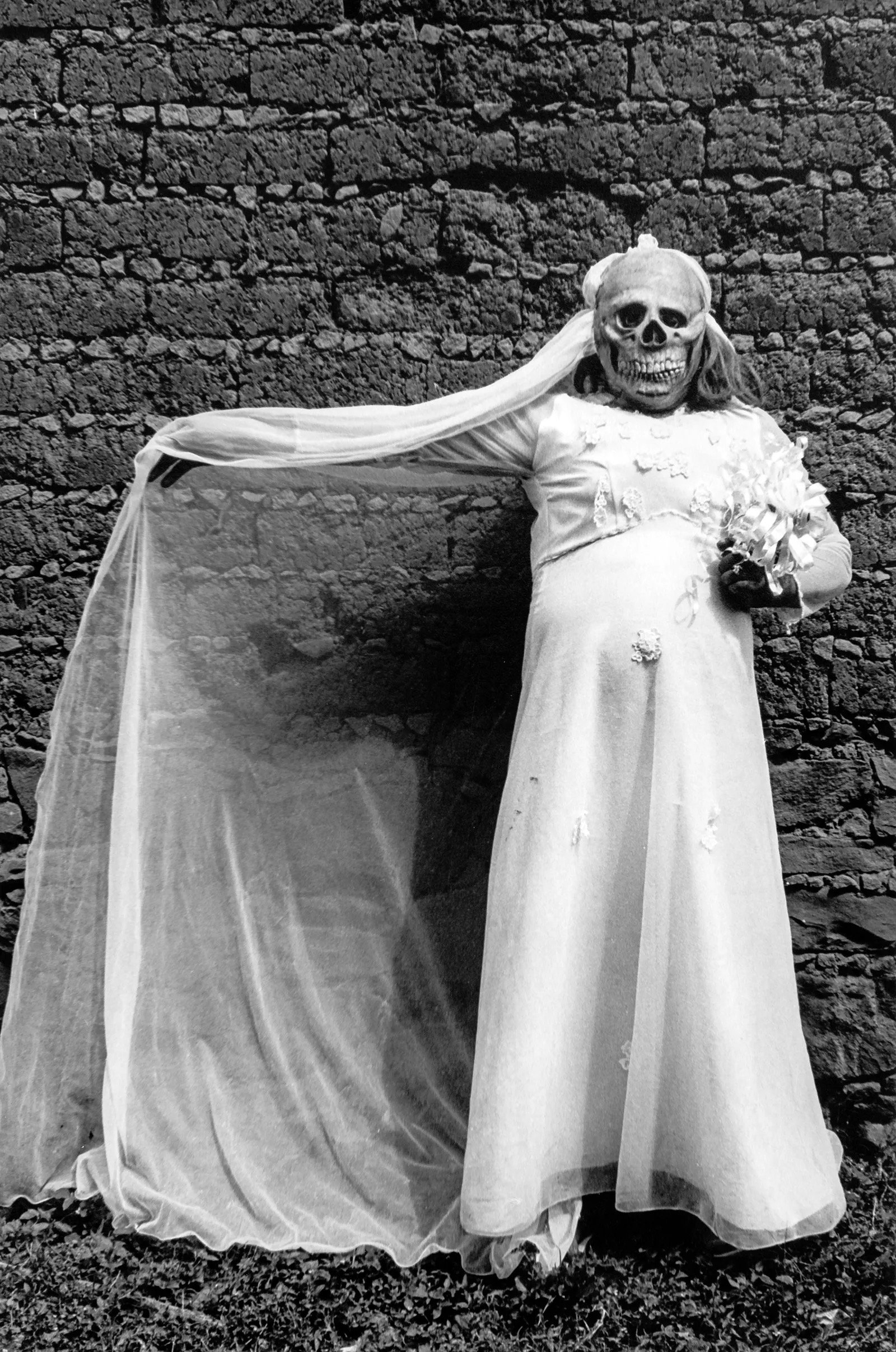
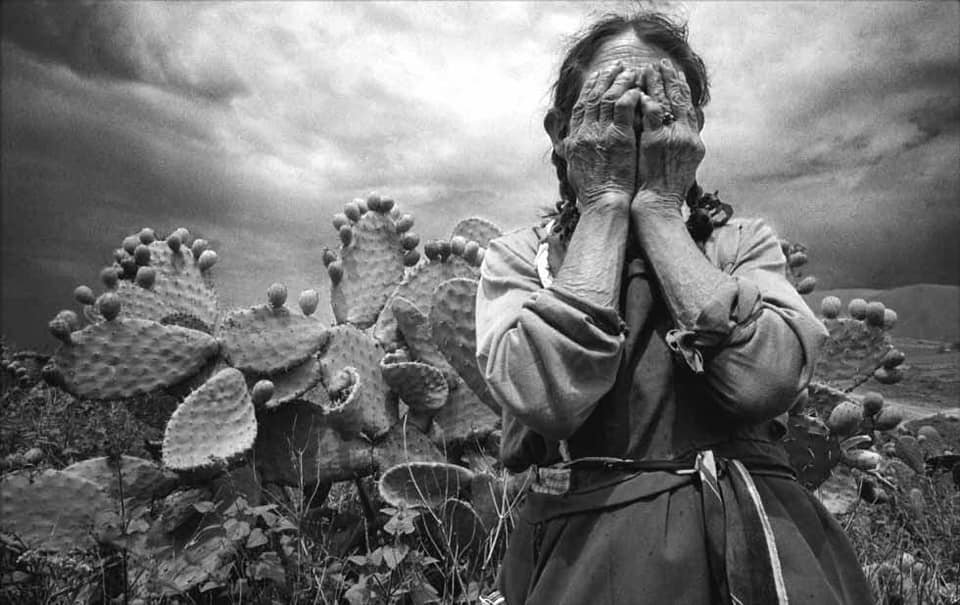
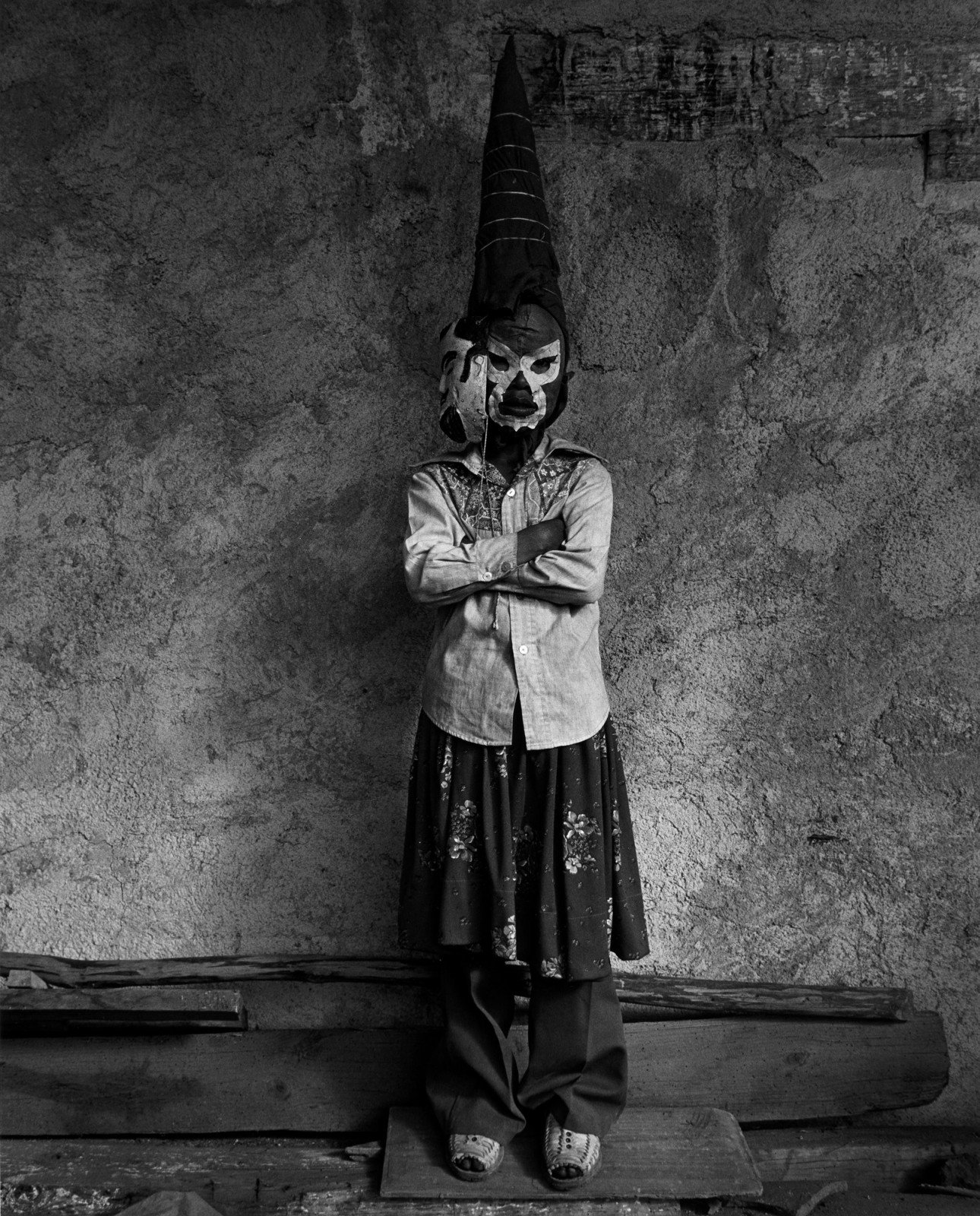
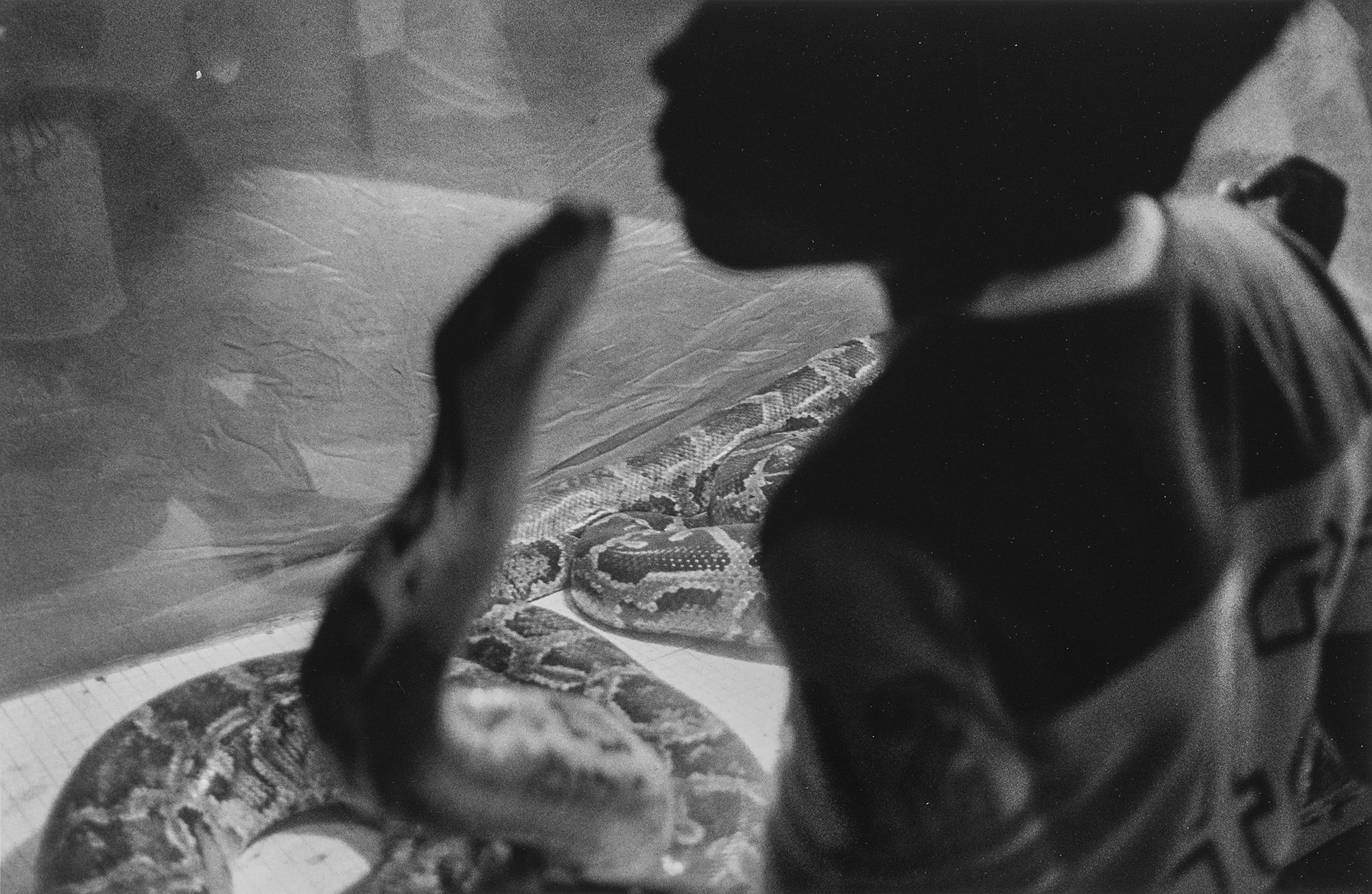
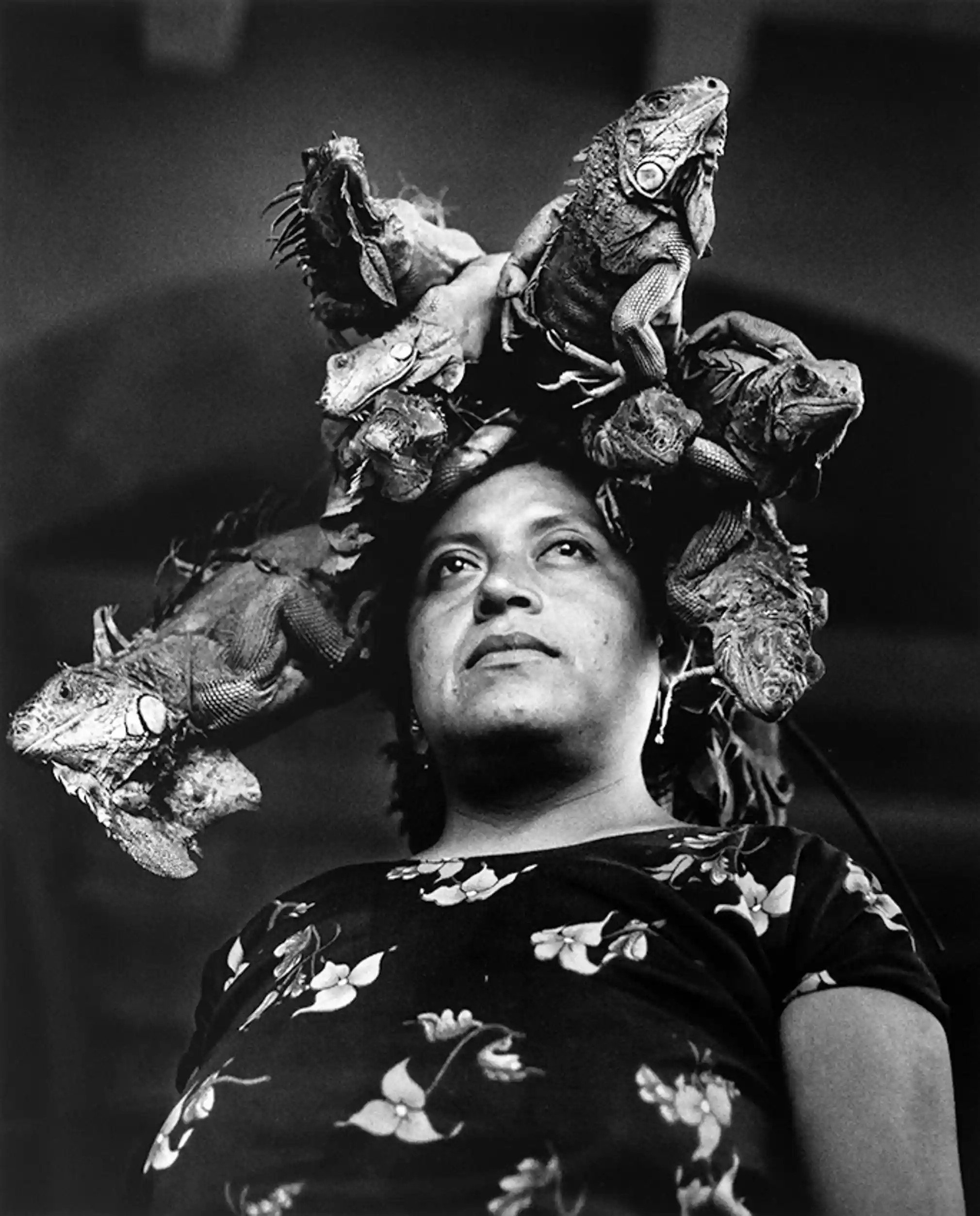

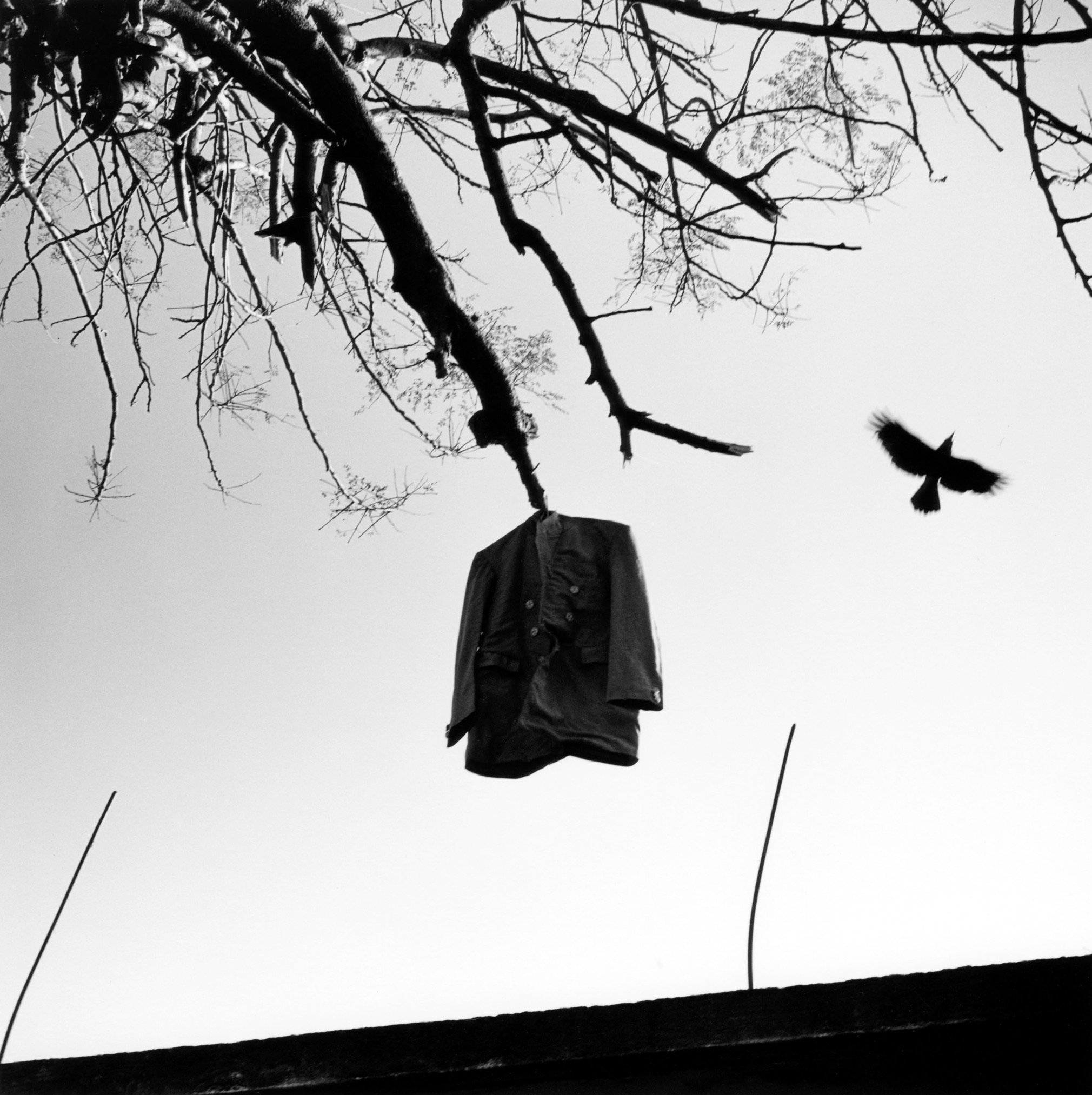
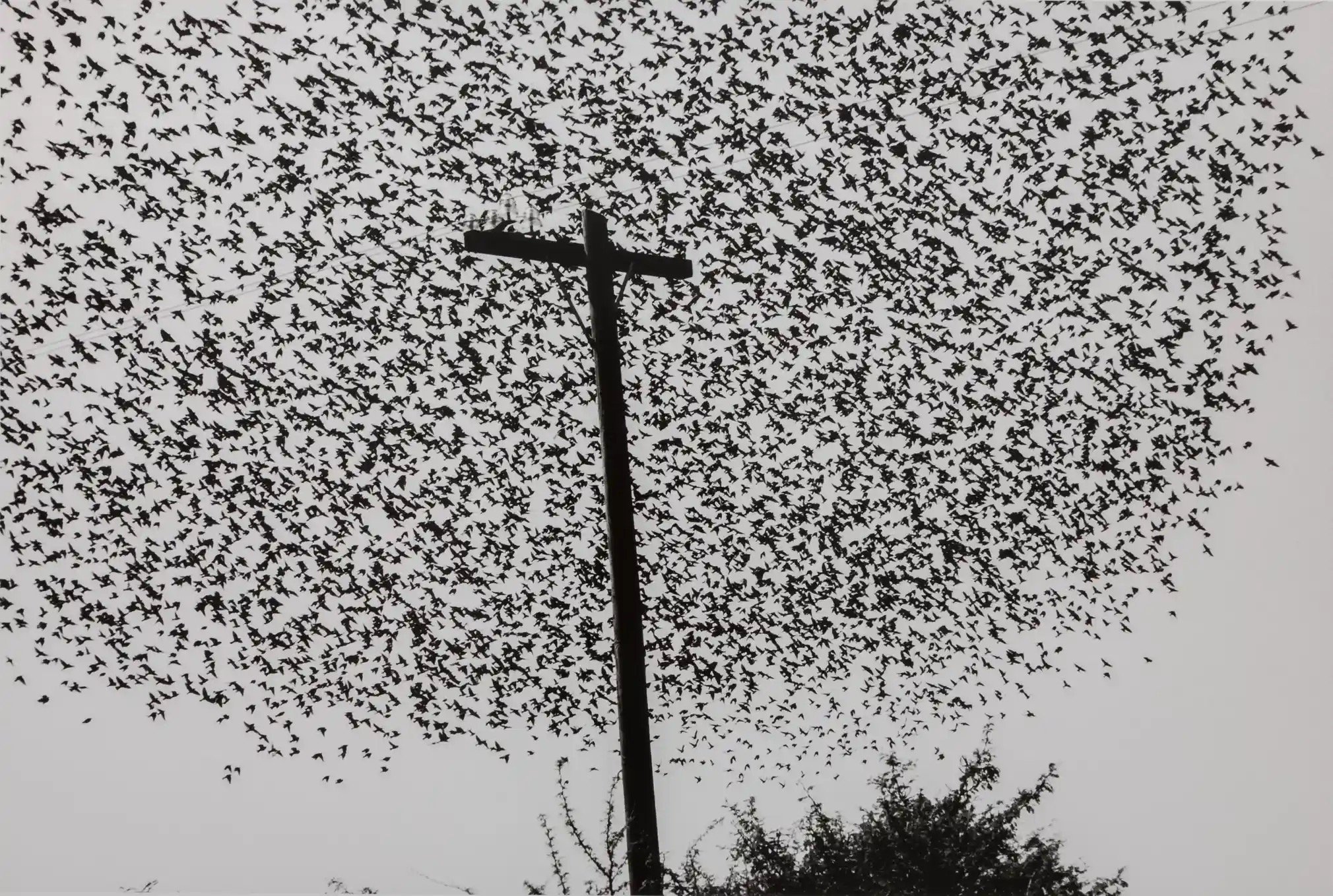
Check more of Graciela’s work www.gracielaiturbide.org
FRANCISCO MATA
Born in 1958 in Mexico City, Francisco Mata found himself surrounded in a house of cameras, photography magazines and other such items. It was no surprise when he eventually started taking images himself. At a young age, he began shooting with his father’s cameras but before long he received his own as a gift and immediately began stretching the limits of what was possible through film, experimenting with the medium through such techniques as putting cellophane in front of the lens in a bid to restructure the images produced.
His first ever project was titled Mexico Tenochtitlan—a mammoth endeavour that took him over fifteen years to complete, a testament to his dedication towards his craft. His project documents the evolving nature of Mexico City, weaving a tale of a city that was constantly wrapped in the cycle of destruction and rebirth.
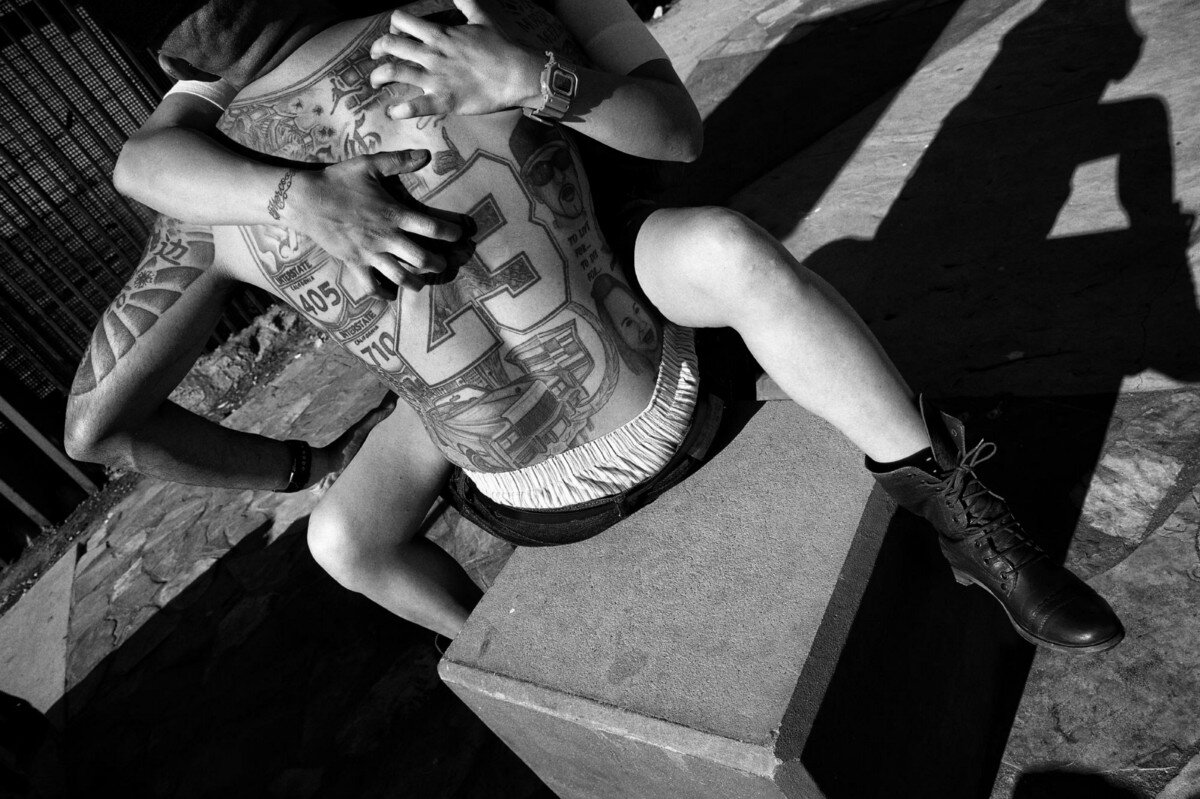
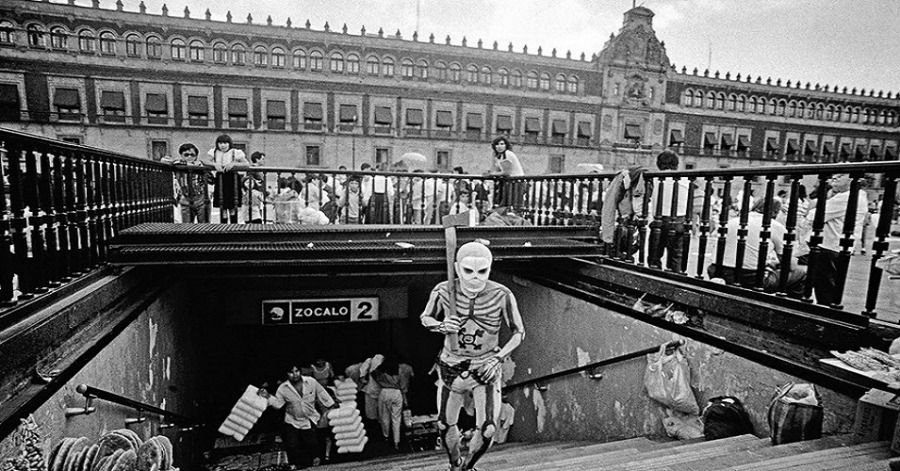

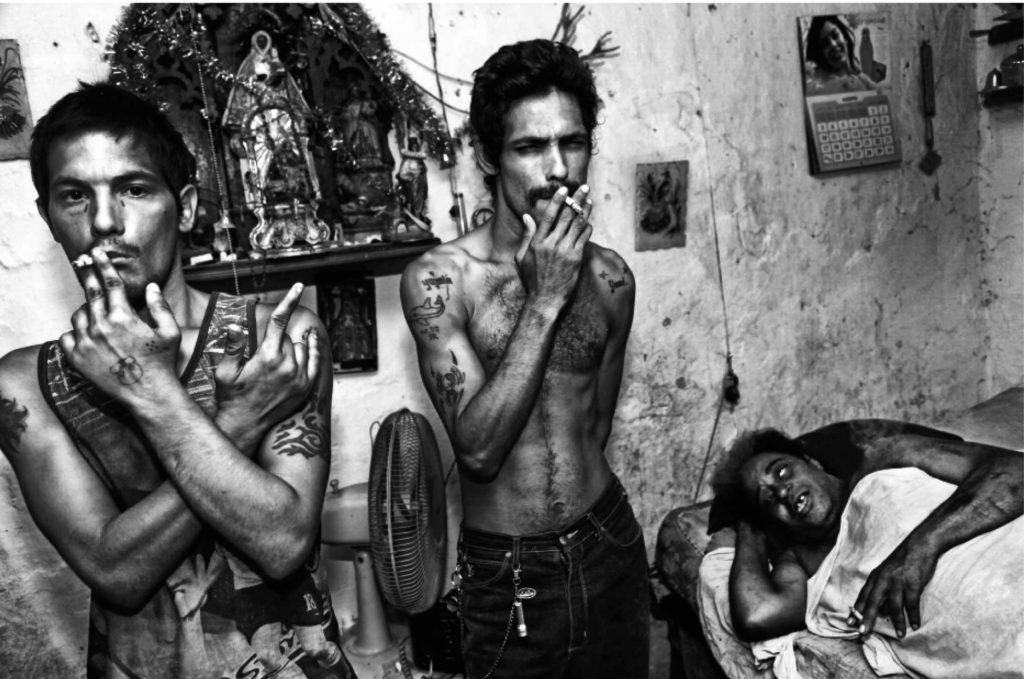
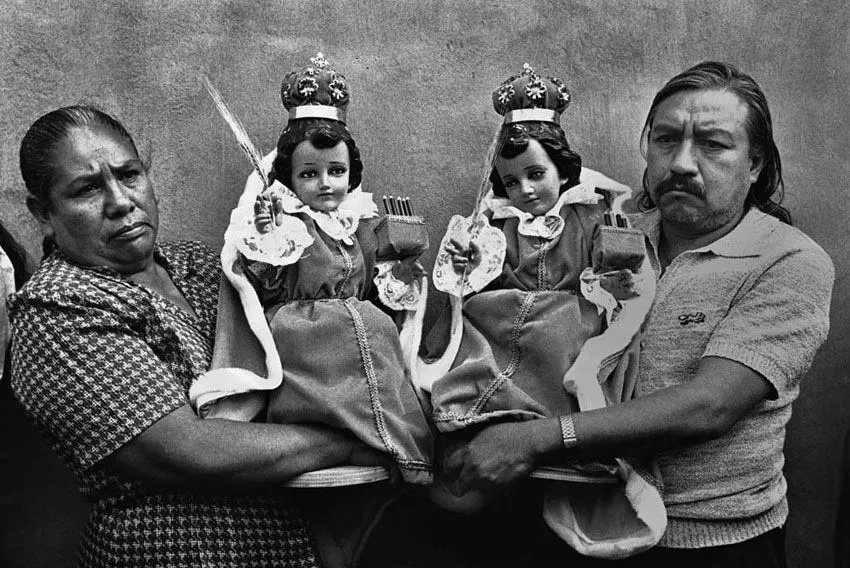
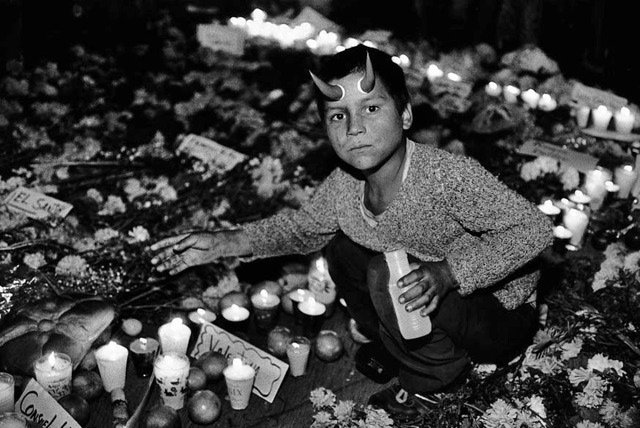
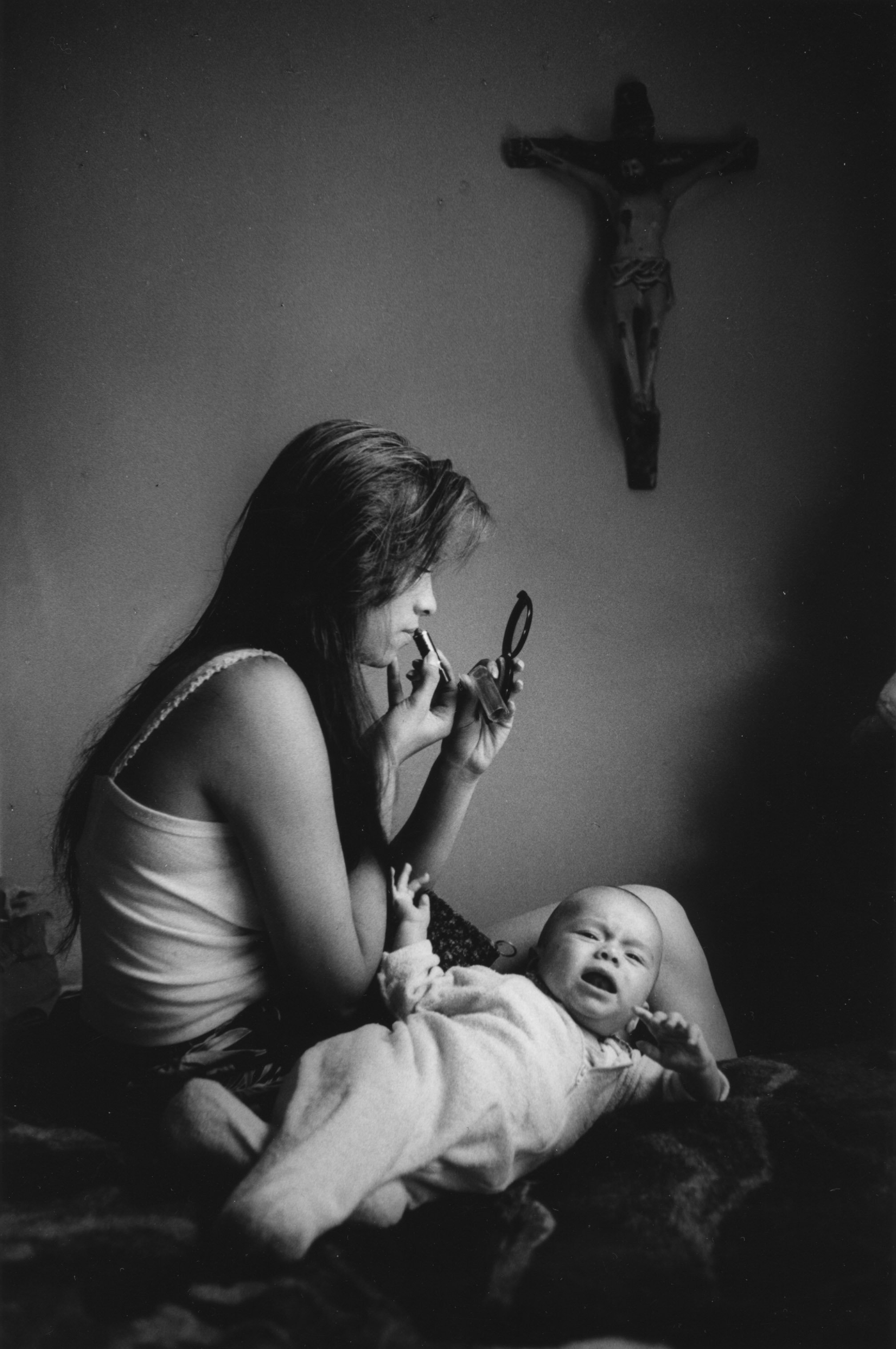

Check more of Francisco’s work www.franciscomata.com.mx
ANTONIO TUROK
Born in 1955 Antonio Turok has spent decades travelling through his homeland of Mexico and Central America capturing his take on the human condition. From places like Nicaragua and the Chiapas, he has created timeless reminders of the fragile and ineffable nature of humans. He has collected his images in various forms, through books and visual diaries to explore the customs of Mayan culture, rituals and everyday life.
Currently, Antonio Turok lives in Oaxaca, Mexico where he continues to work documenting the human condition that surrounds him.
‘Subcomandante Marcos, montañas del surest’ by Antonio Turok, 1994
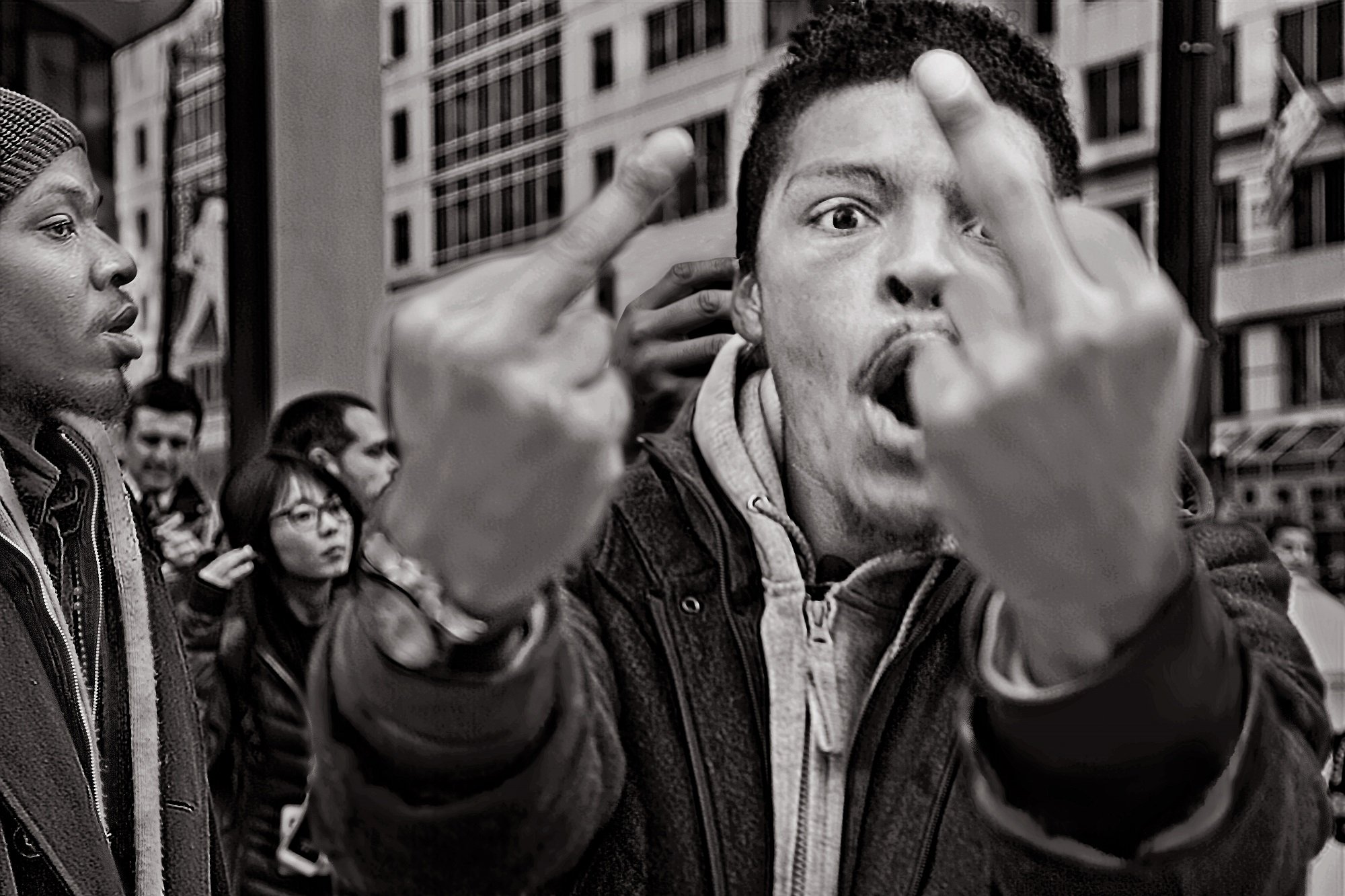
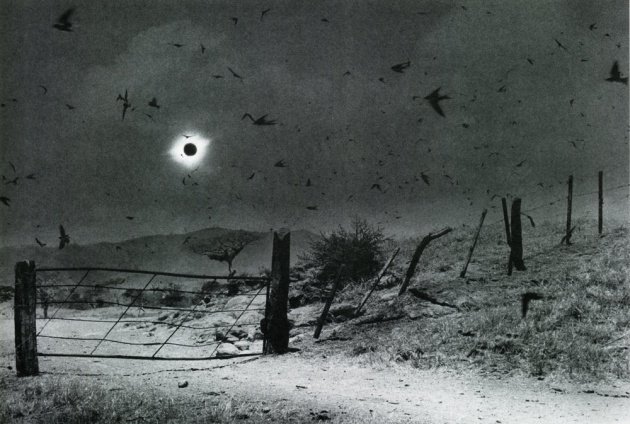
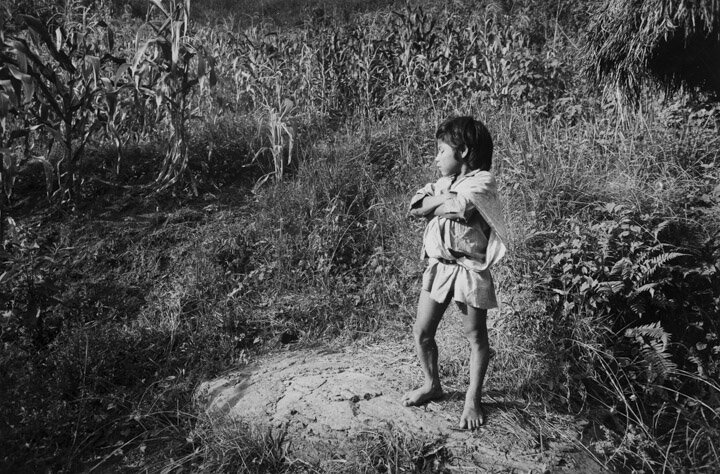
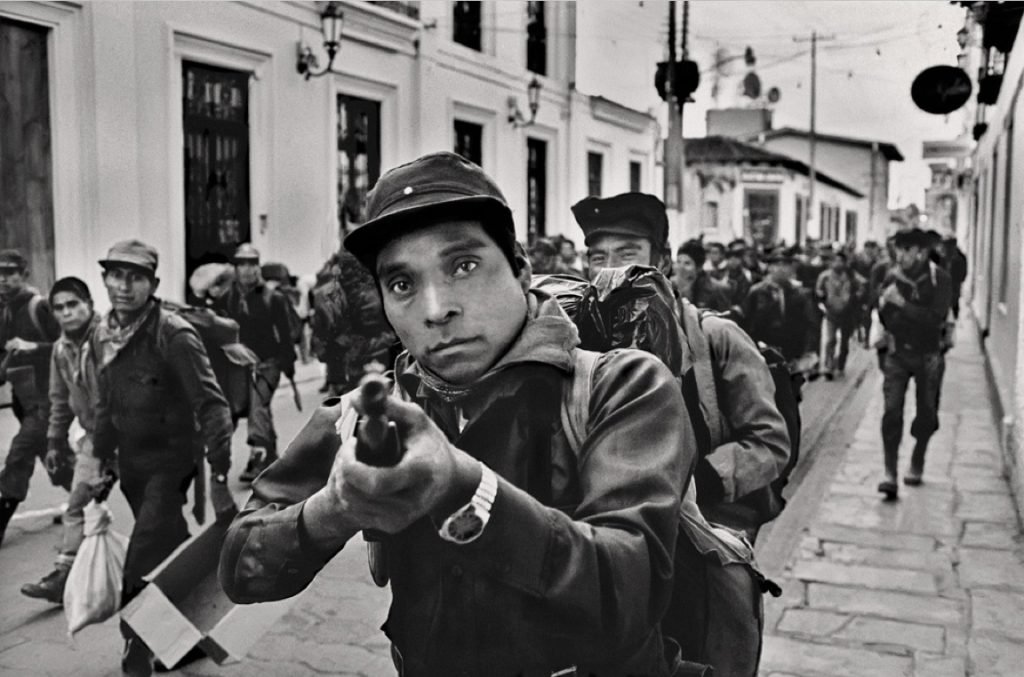
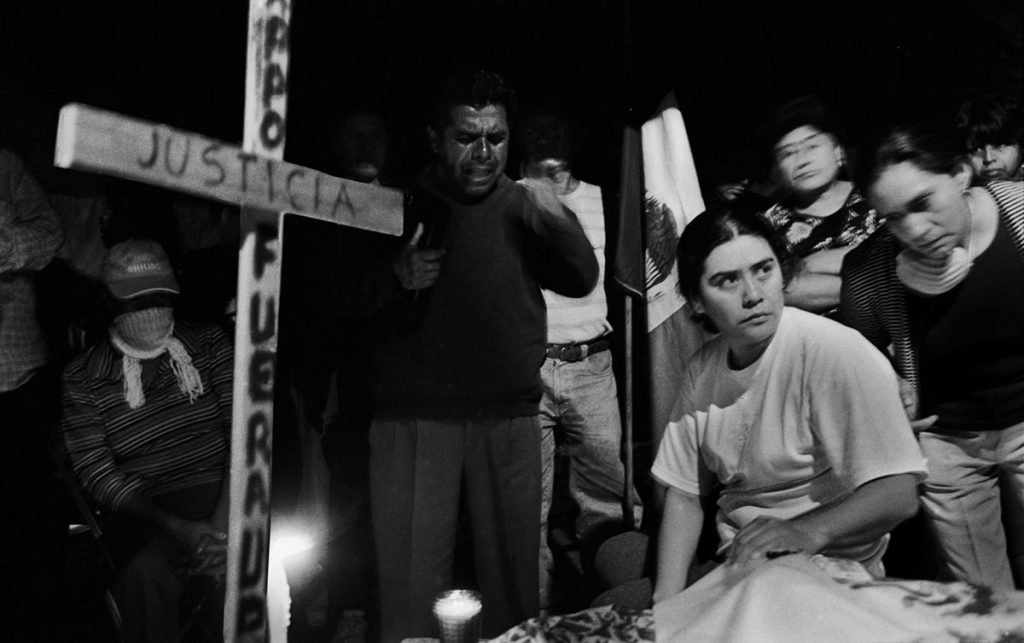
Check more of Antonio’s work www.artsy.net
LOUIS CARLOS BERNAL
Louis Carlos Bernal was a photographer who dedicated much of his life to documenting the Chicano culture in the Southwest of America. His work was a celebration of regional diversity, shining a light on a subculture that lay on the fringes of society. His work was a key moment in exploring the identity of Mexican Americans in the 1980s.
Following on from a long lineage of Latin American documentary street photographers, his work dived into the heart of the community, depicting people in the midst of their everyday routines—hanging out in the barber shops, locals posing in front of the coloured mural walls that were emblematic of Chicano life and culture. Themes often explored included the bond between religion and families that is integral to the way of life as a Chicano.
As he focused his lens on the lives of families, he often found himself being invited into the homes of his subjects. Surrounded by their treasures and memories, the subjects of his photographs often seem completely relaxed and at ease in front of his lens. A testament to the bond that he created with others when he was shooting.
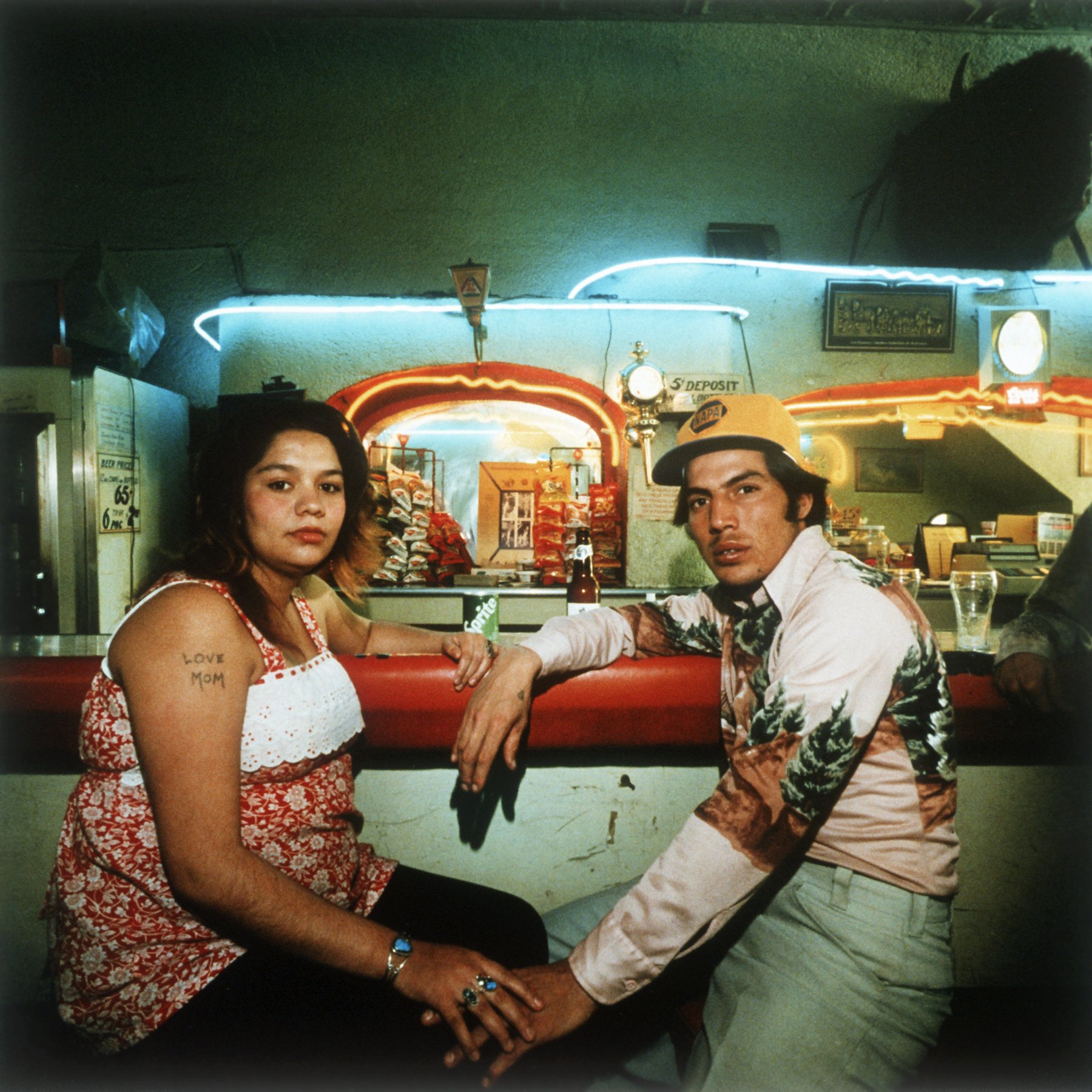
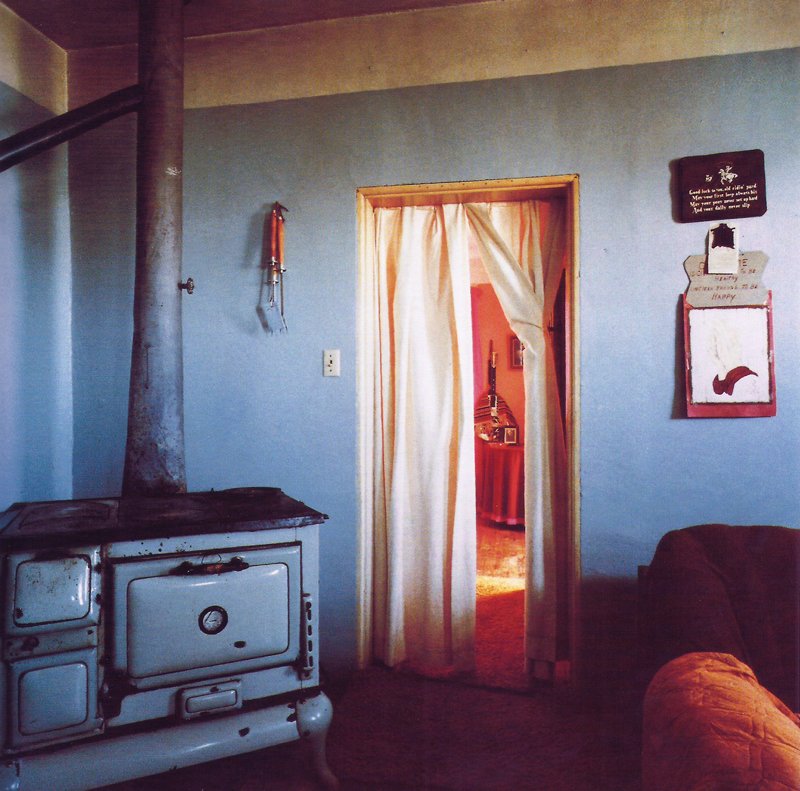
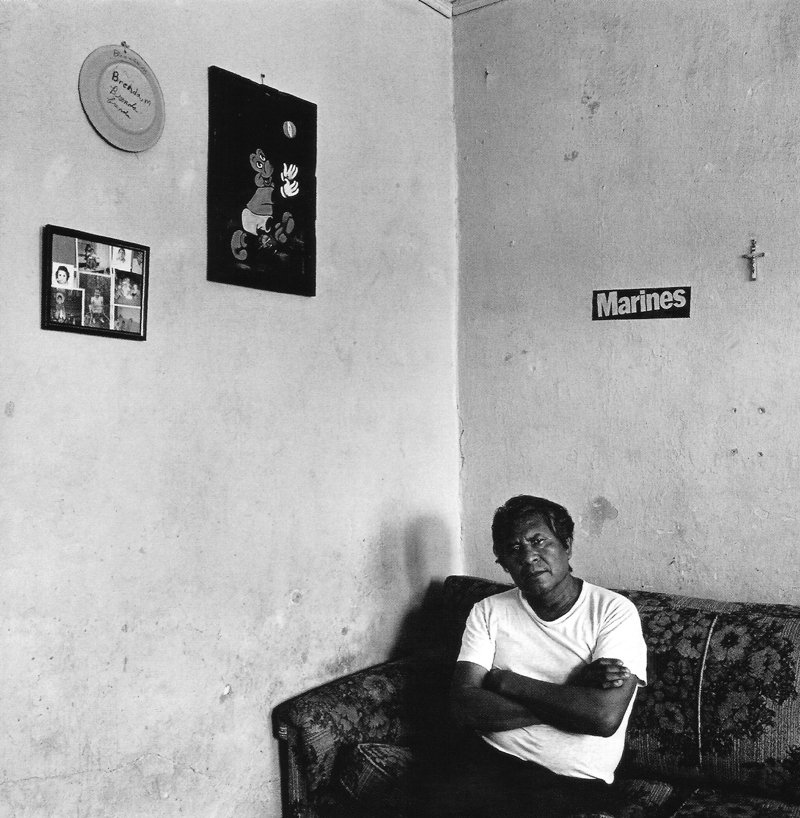
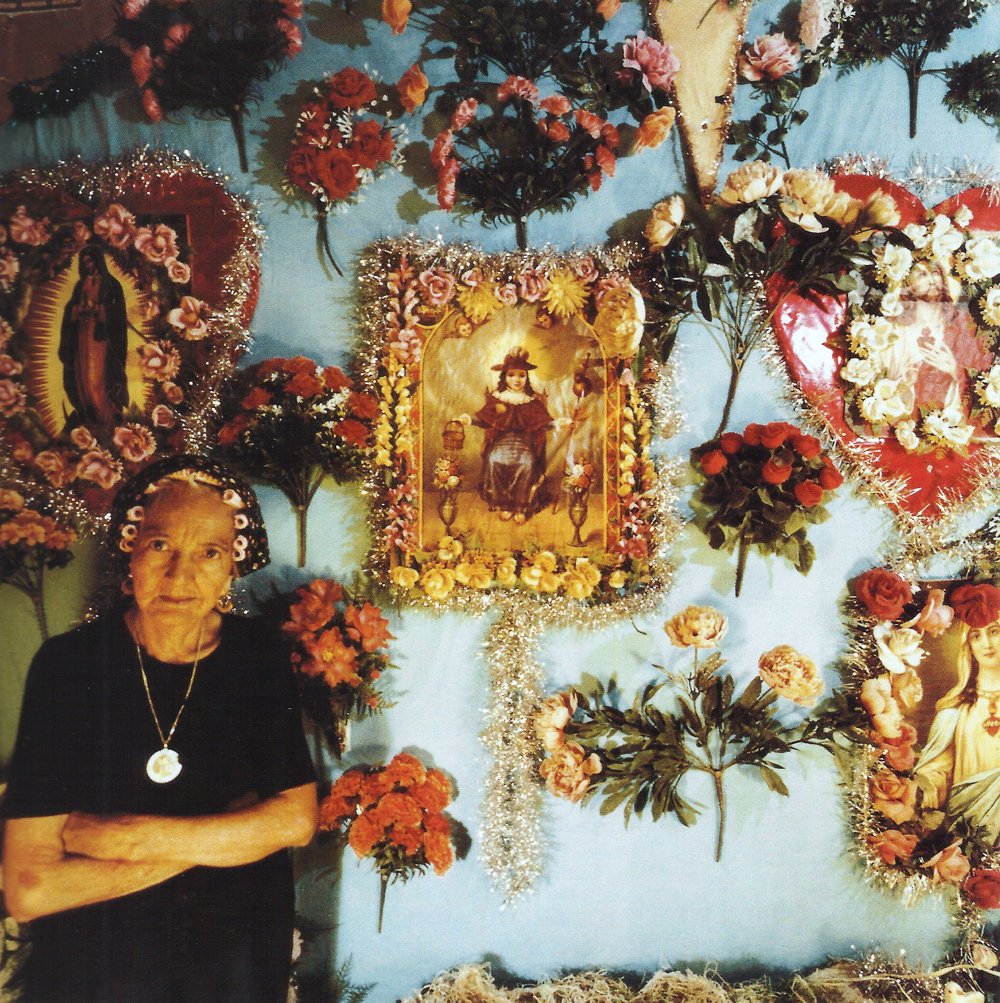
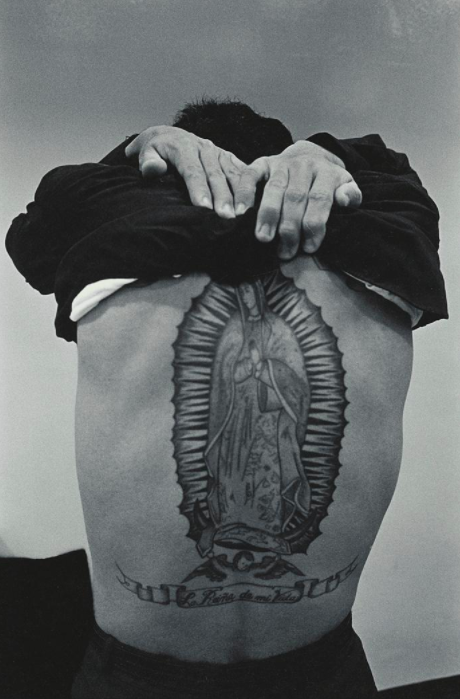
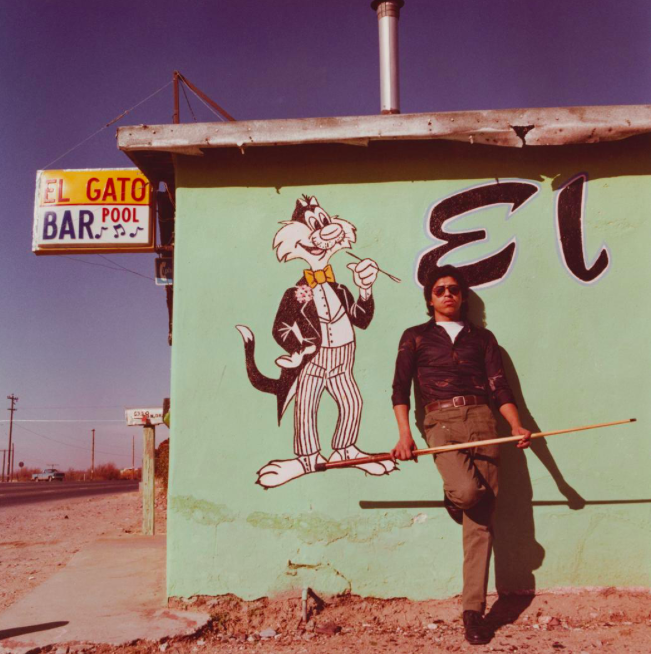
Check more of Louis’s work ccp.arizona.edu
ENIAC MARTINEZ
Eniac Martinez was the guy when it came to onset film photography. Before dying at the age of 60. Martinez created an extensive body of work that included still photography for many hollywood film productions. Most notably he was part of the teams of some of the most renowned film-makers to come from Central and South America, including names such as Alfonso Cuarón and Alejandro González Iñárritu.
Born in Mexico City in 1959, Martinez had an impressive educational background, going to the Higher Institute of Art in Havana, Cuba as well as studying at the International Center of Photography in New York in the late eighties. Films that he has worked on include titles such as Iñárritu’s Academy-Award winner Babel and The Long Road to Tijuana/Camino largo a Tijuana, produced by Alfonso Cuarón and Emmanuel Lubezki.
Cover of the movie “Sin Nombre” by Eniac Martinez
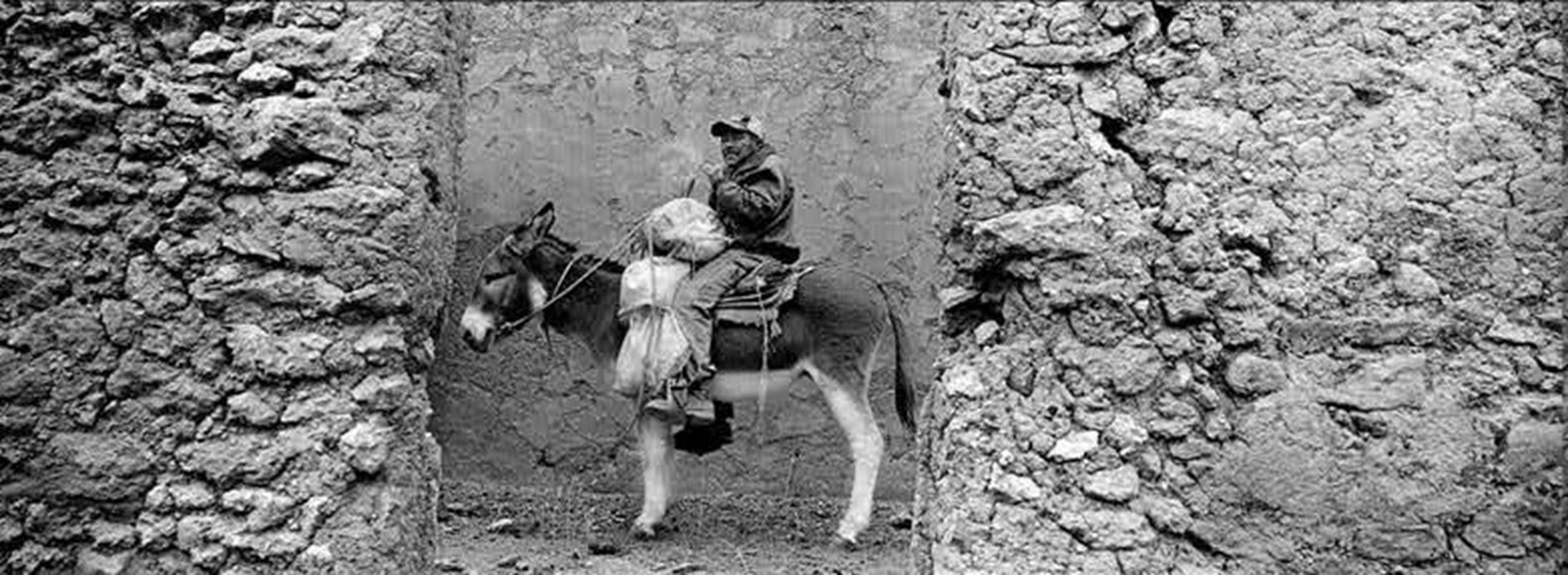
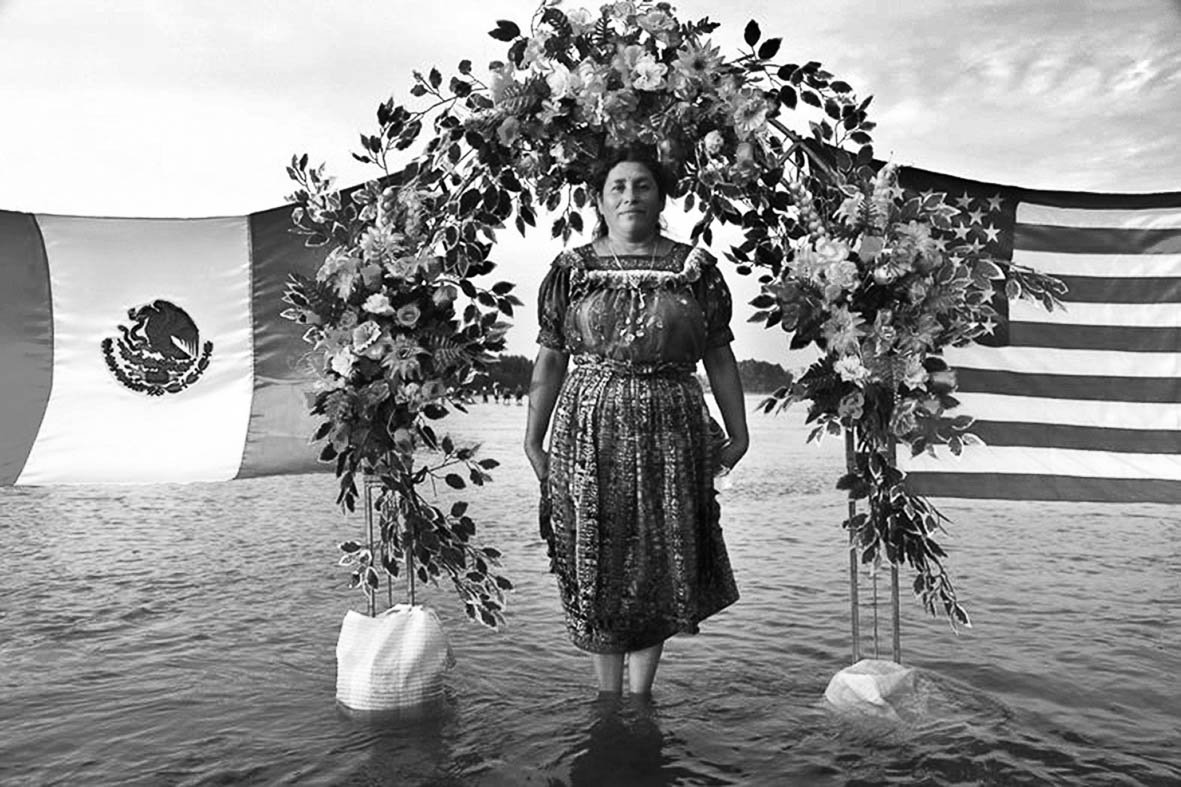
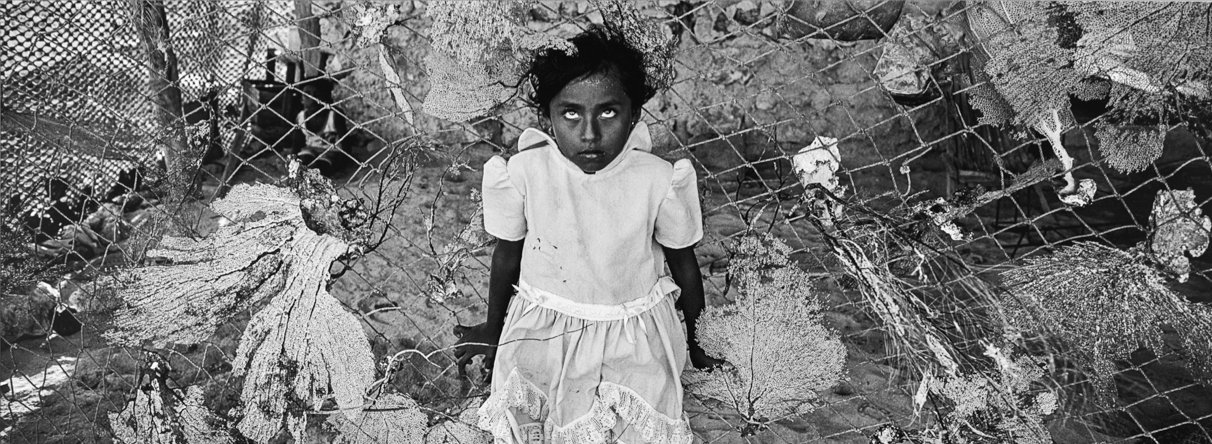
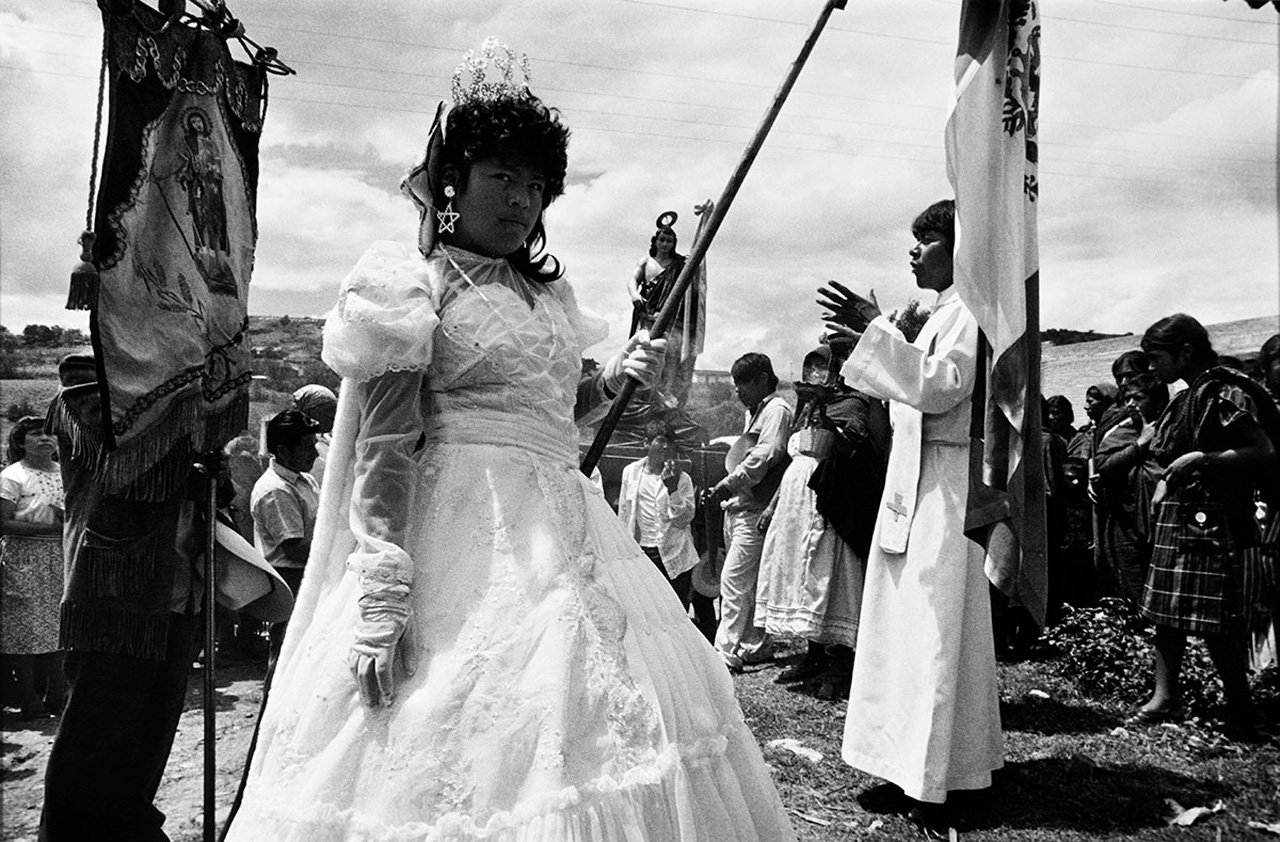

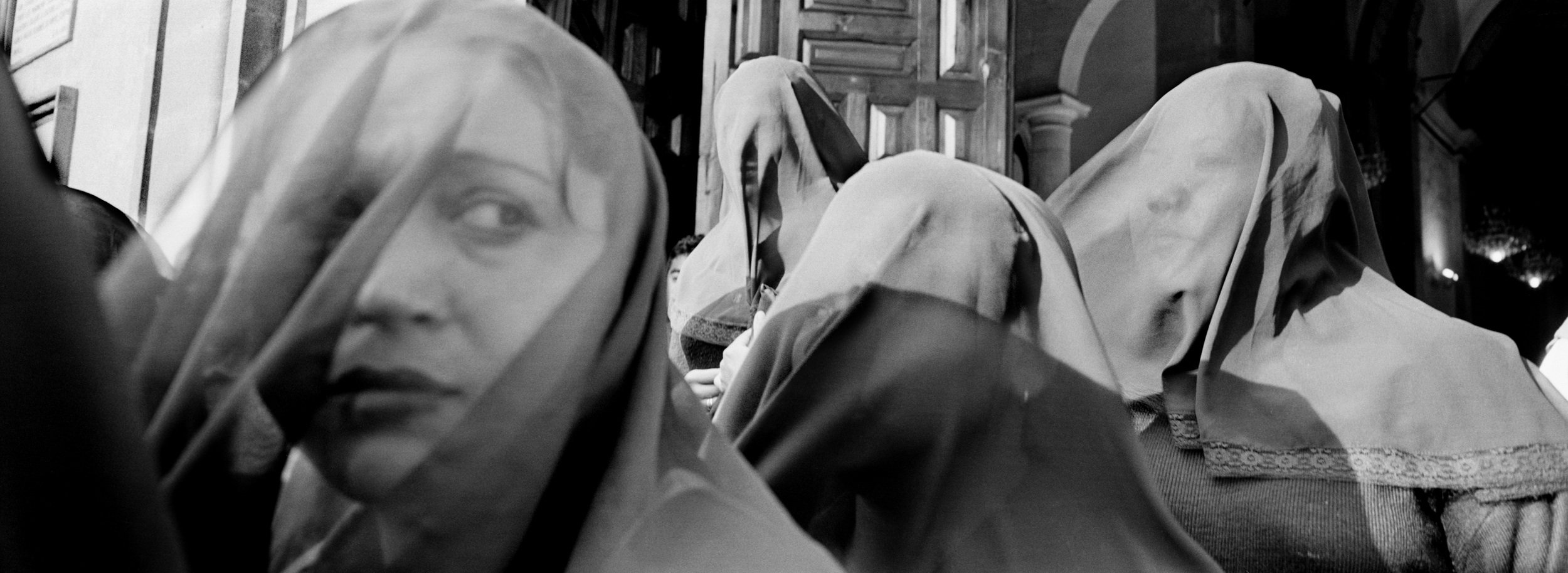
Check more of Eniac’s work www.mutualart.com
VICTOR MENDIOLA
Victor Mendiola was a photographer who was deep into the world of media, working for a variety of different media outlets such as the agency Cuartoscuro, the magazine Acropolis, newspaper La Jornada as well as being the photo editor of the magazine The Urban Labyrinth.
His work has covered a variety of different subcultures, including the boxing scene in Mexico—a country famed for its tough and hardy fighters with a unique style also with his essay titled Incidentallywhich, he focused his lens on the experiences of everyday life of different cities all across Mexico.
From the series De paso / Víctor Mendiola

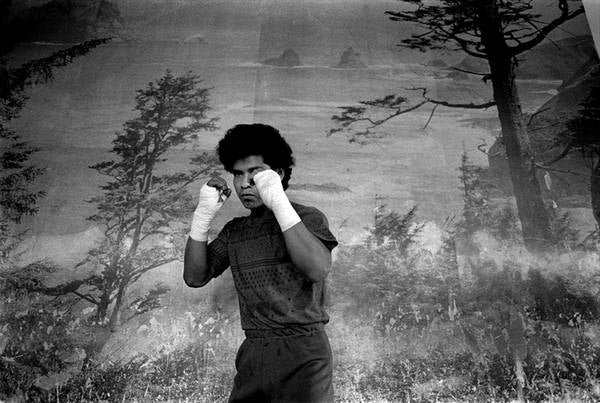
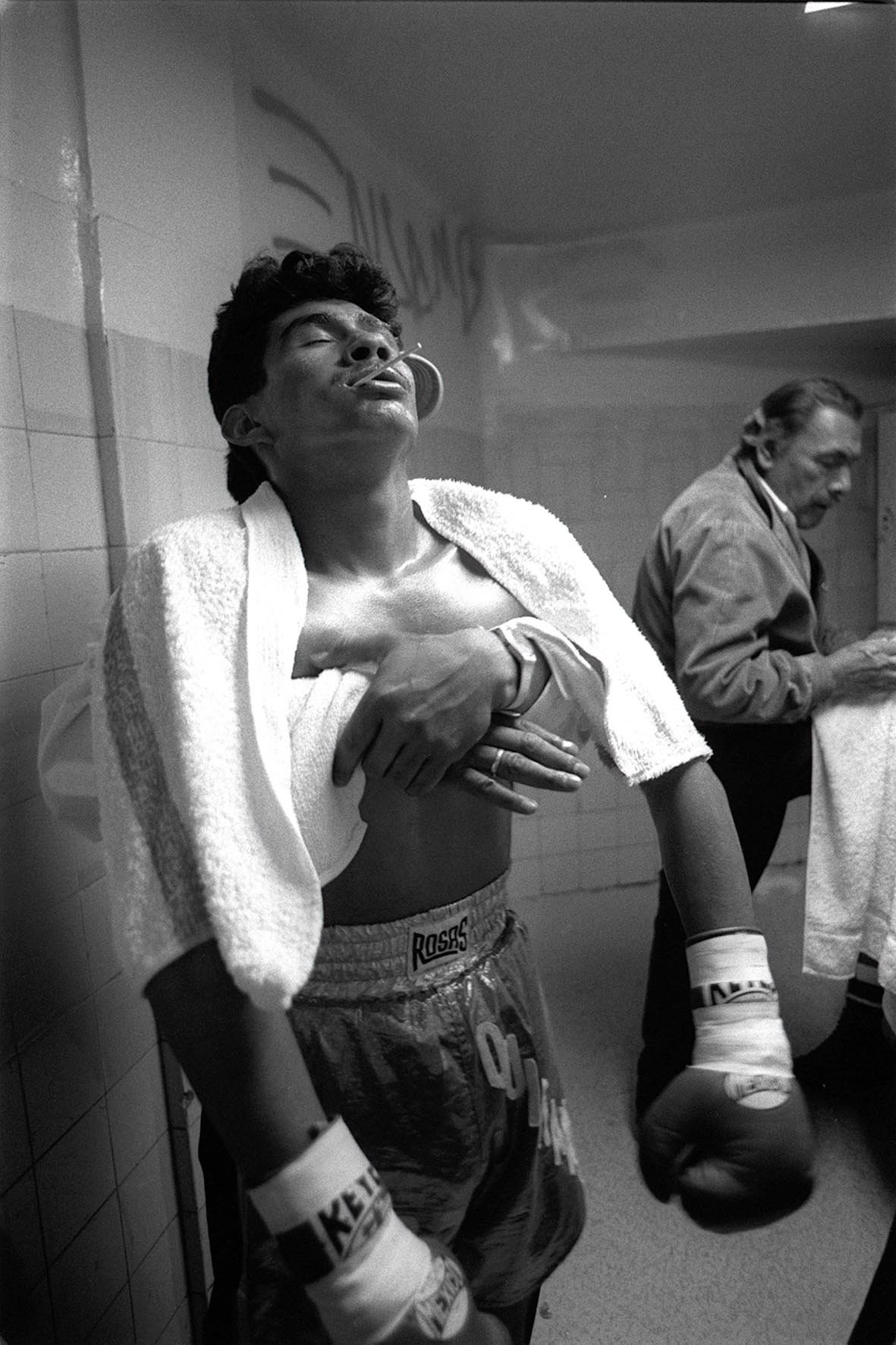
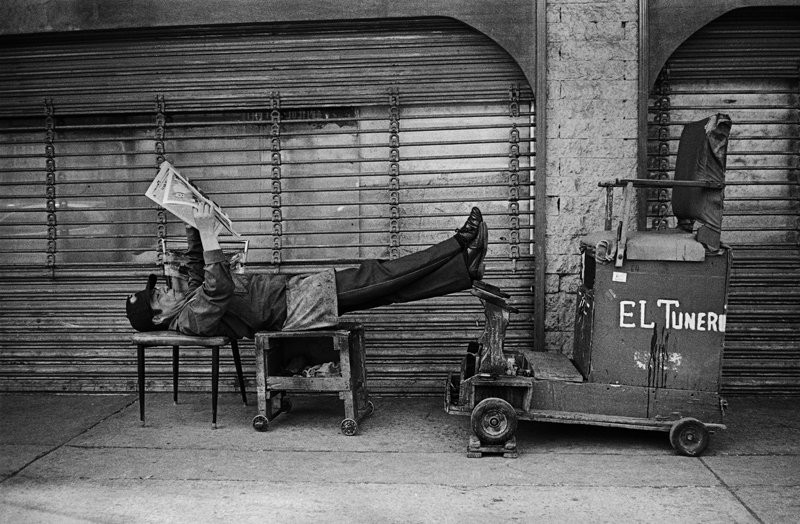
Check more of Victor’s work www.victormendiola.com
FERNANDO MONTIEL KLINT
Fernando Montiel Klimt studied photography at the Escuela Activa de Fotografia and the Centro de la Imagen in Mexico City. His work while often touching on societal and political issues has maintained a strong sense of spectacle of art and drama, resulting in him having over thirty solo exhibitions in places ranging from the Victoria Albert Museum and the Palais des Beaux Artes.
Through his work, he has stated that he wishes to explore the pathologies of society, religious ideas, and the masks and costumes that we hide behind. His work pokes at the neurosis that we have and unravels our basic need for conformity and acceptance.
Nirvana
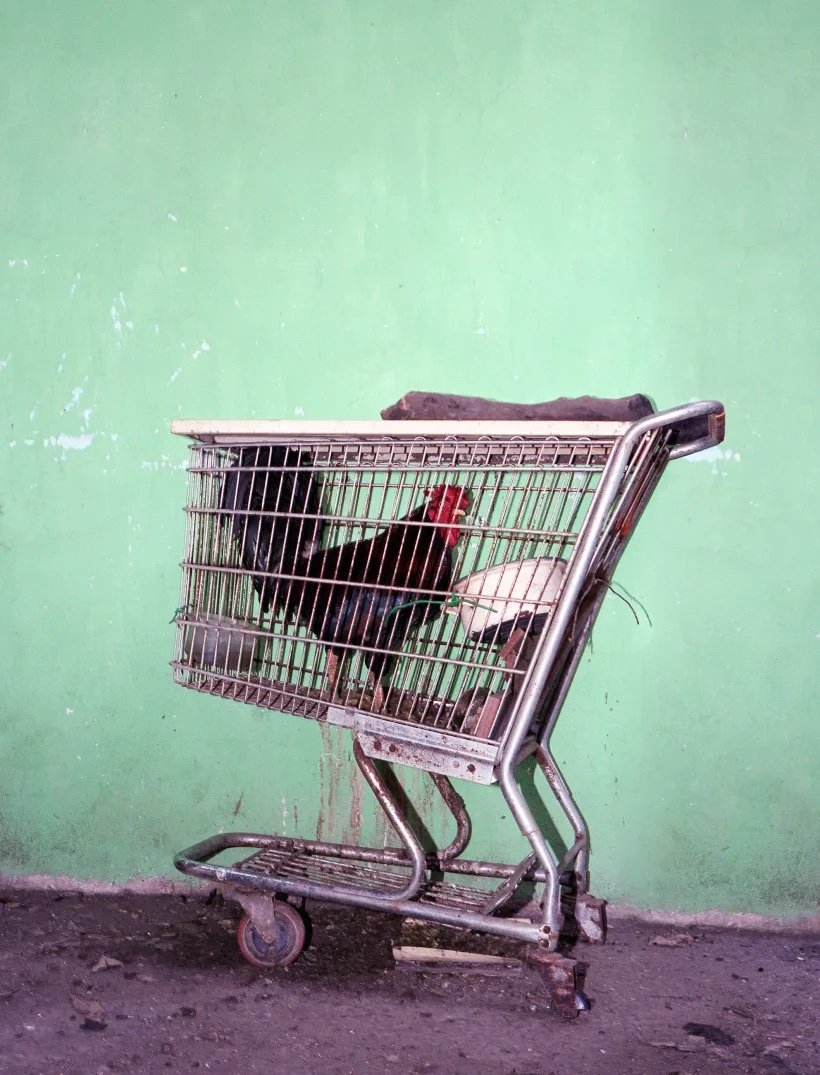
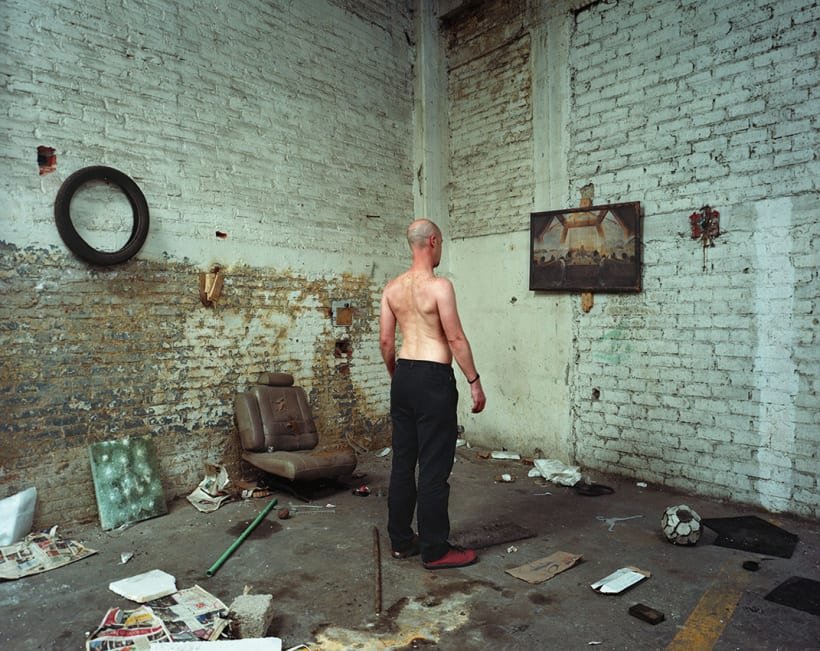
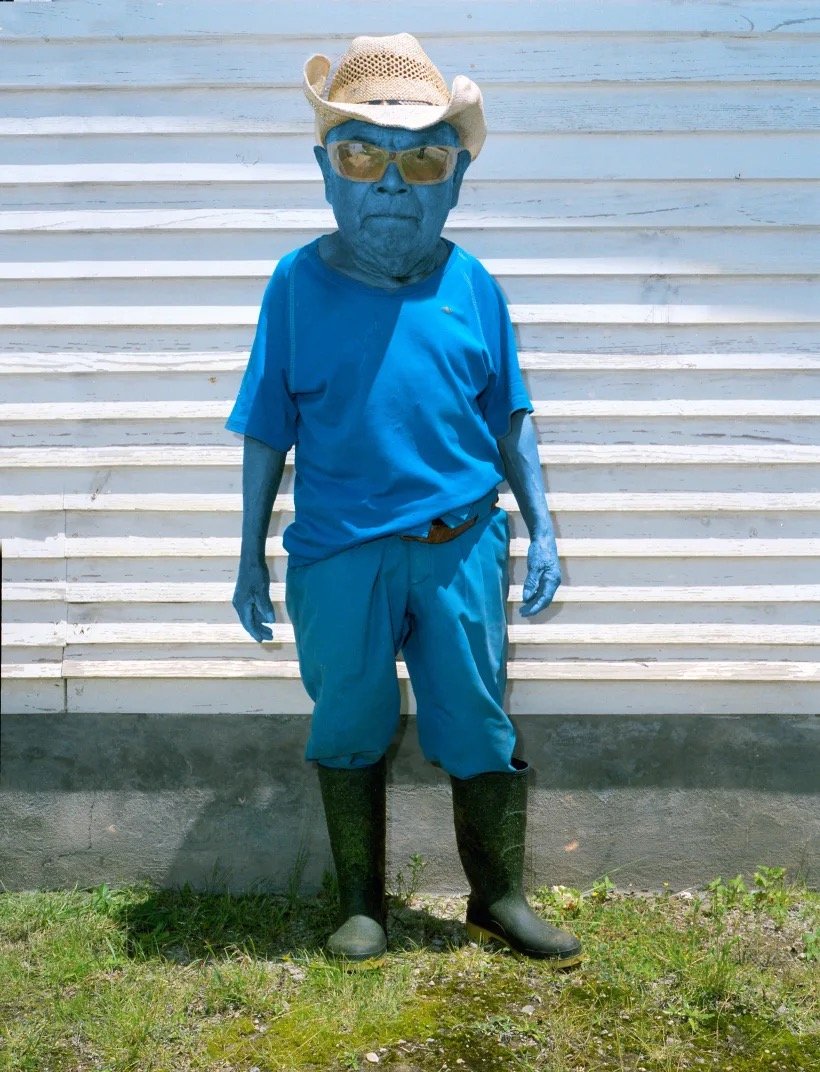
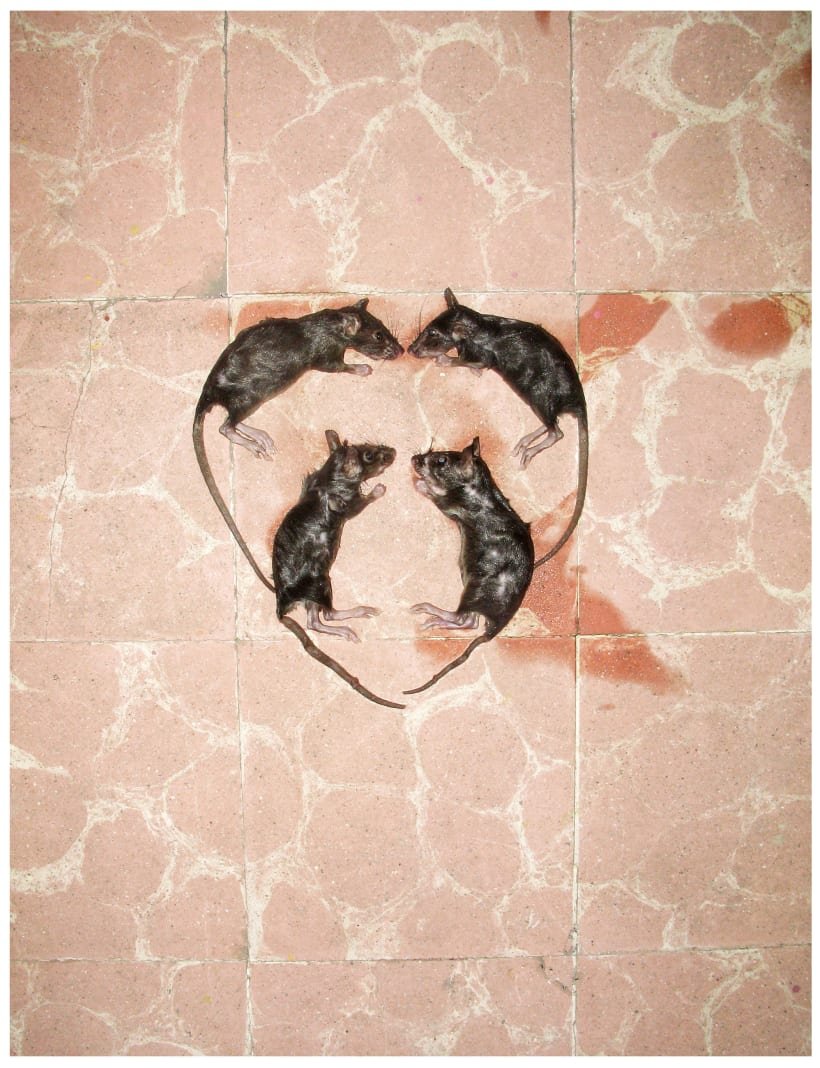
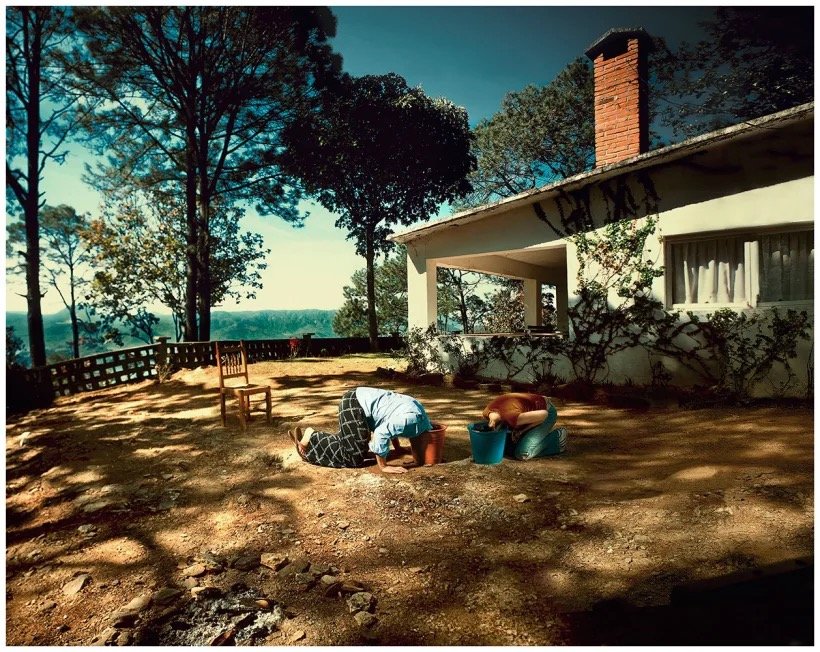
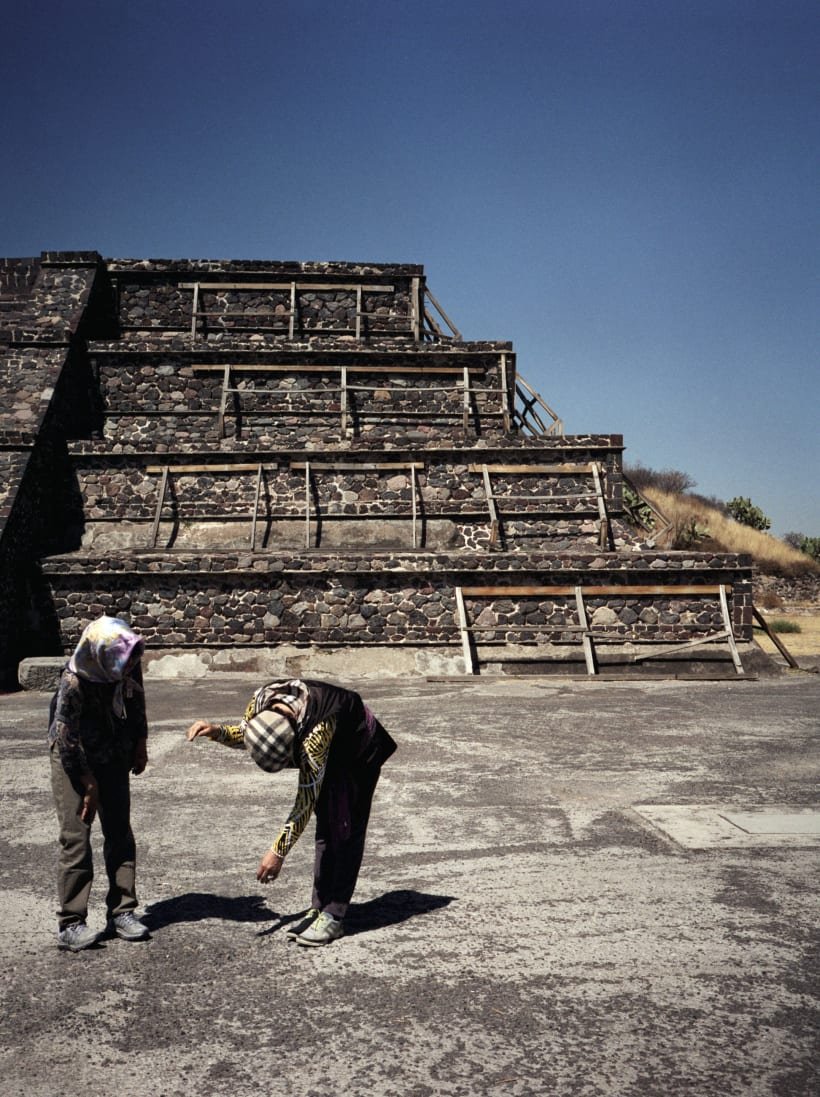
Check more of Fernando’s work www.fernandomontielklint.com

